The final instalment of my favourite photos of our trip! Part 1 covered Latvia to Thailand, and part 2 from Kuala Lumpur to China.
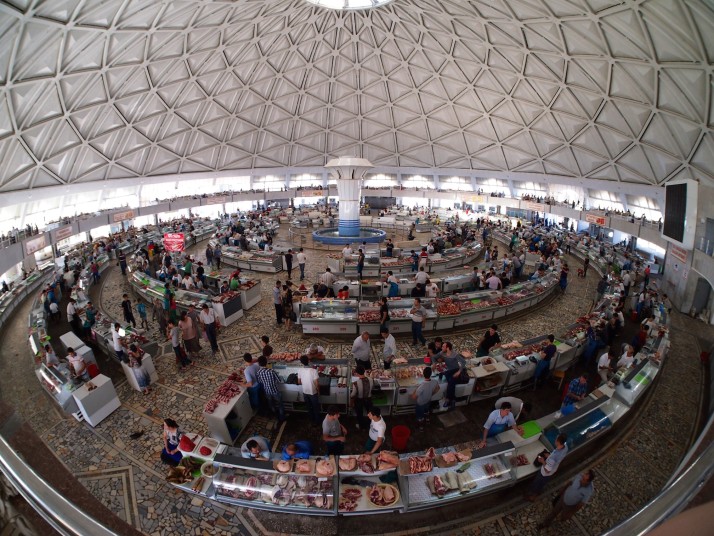 I added a fisheye lens to my camera kit in Uzbekistan. Inside the dome of Chorsu Bazaar in Tashkent was the perfect place to give it a trial run
I added a fisheye lens to my camera kit in Uzbekistan. Inside the dome of Chorsu Bazaar in Tashkent was the perfect place to give it a trial run
 Potato sellers perched on a bench in Tashkent’s Chorsu Bazaar
Potato sellers perched on a bench in Tashkent’s Chorsu Bazaar
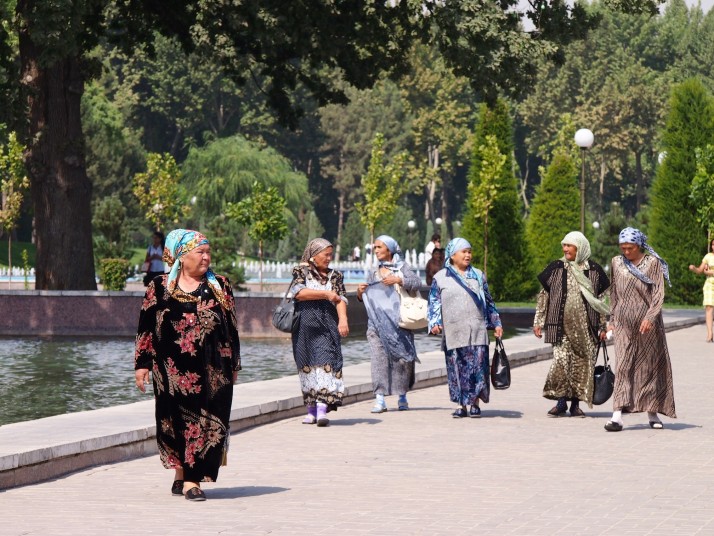 I got chatting to this group of ladies after I took this sneaky photo and found out that they were visiting Tashkent from the eastern Uzbek city of Andijon
I got chatting to this group of ladies after I took this sneaky photo and found out that they were visiting Tashkent from the eastern Uzbek city of Andijon
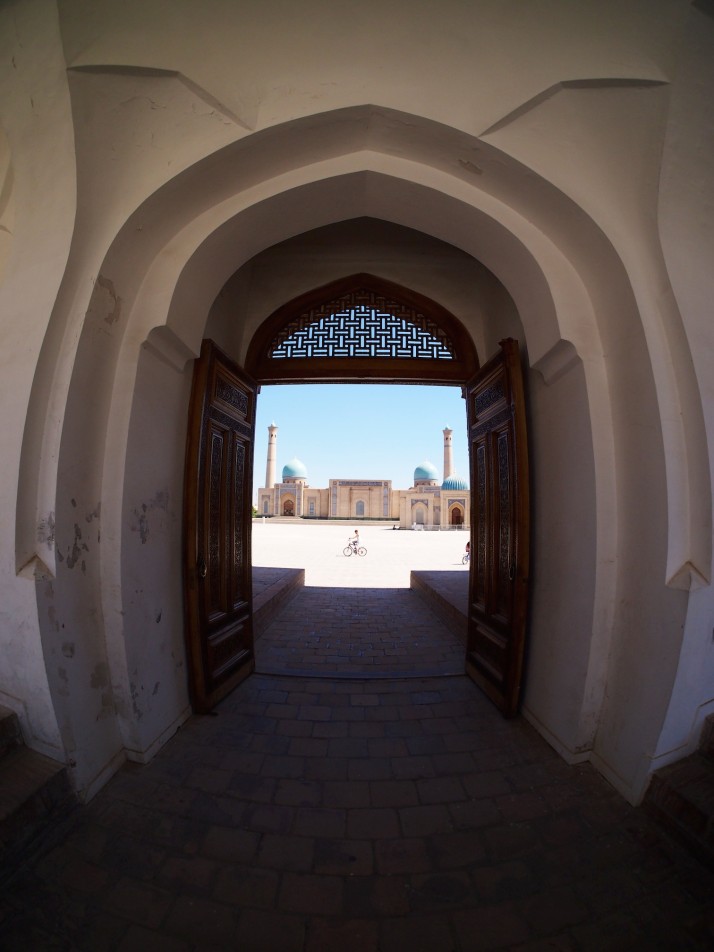 Looking out through the entrance of Barak Khan Medressa to Khast Imom Square, Tashkent
Looking out through the entrance of Barak Khan Medressa to Khast Imom Square, Tashkent
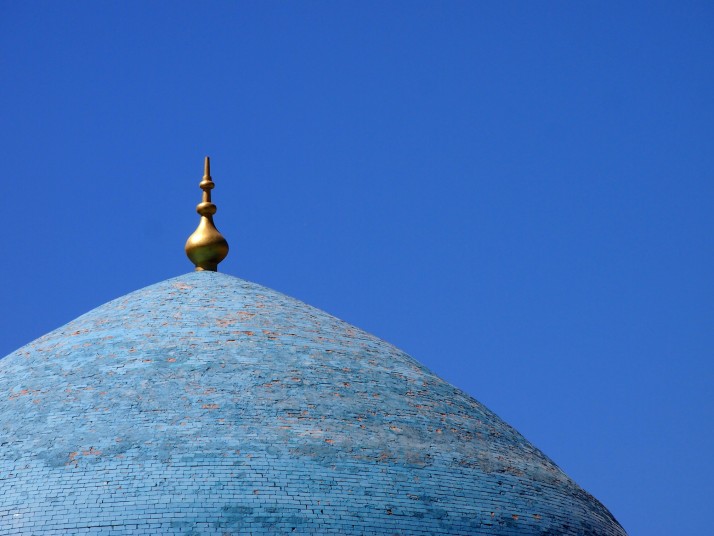 One of my abiding memories of Uzbekistan is the colour blue, from the turquoise of the mosques to the clear blue skies
One of my abiding memories of Uzbekistan is the colour blue, from the turquoise of the mosques to the clear blue skies
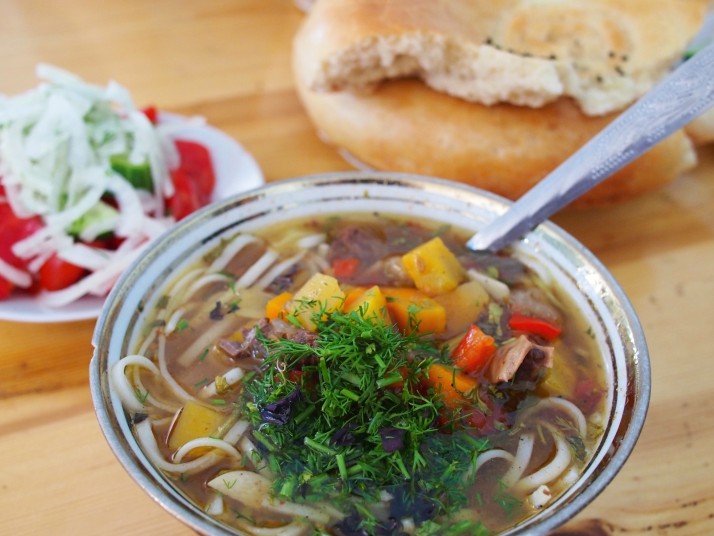 Laghman noodle soup with a round non bread and a side of the ubiquitous tomato and cucumber salad was a favourite lunch during our time in Uzbekistan
Laghman noodle soup with a round non bread and a side of the ubiquitous tomato and cucumber salad was a favourite lunch during our time in Uzbekistan
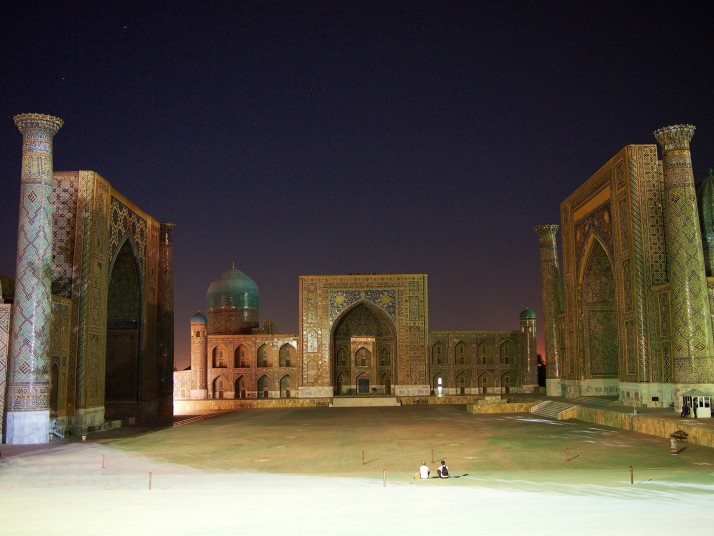 The Registan in Samarkand was jaw-droppingly beautiful by day and by night
The Registan in Samarkand was jaw-droppingly beautiful by day and by night
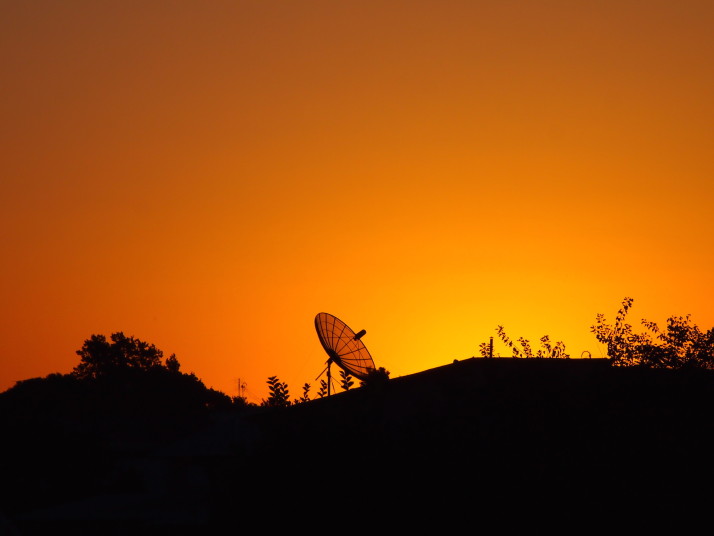 A bright orange sunrise seen over the rooftops of Samarkand
A bright orange sunrise seen over the rooftops of Samarkand
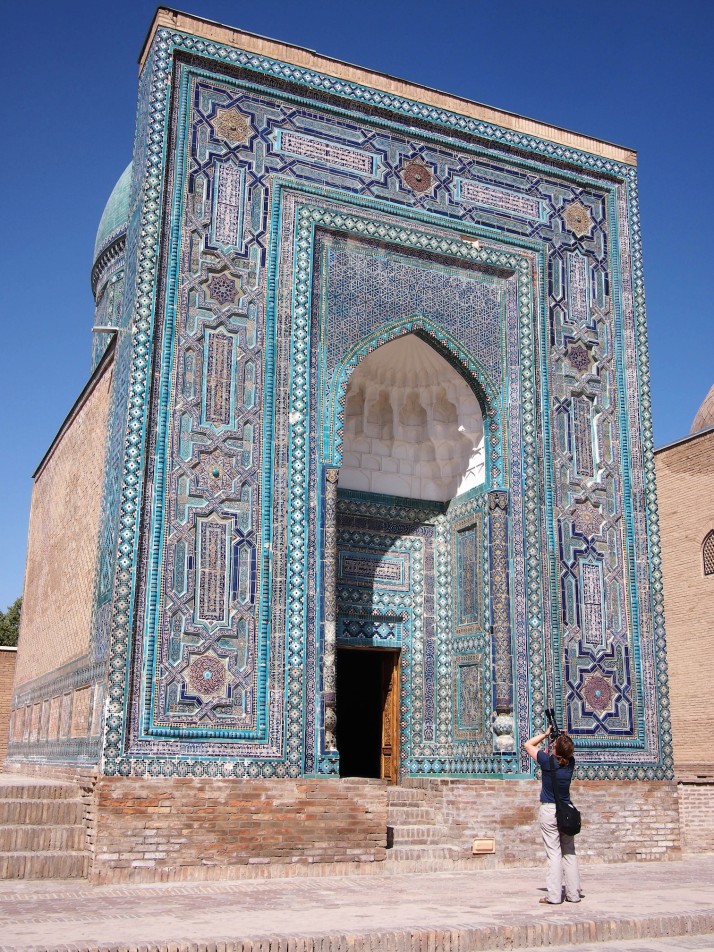 The second time that Jo joined us on the trip was in Uzbekistan. Here she’s photographing one of the mausoleums at Shah-i-Zinda in Samarkand
The second time that Jo joined us on the trip was in Uzbekistan. Here she’s photographing one of the mausoleums at Shah-i-Zinda in Samarkand
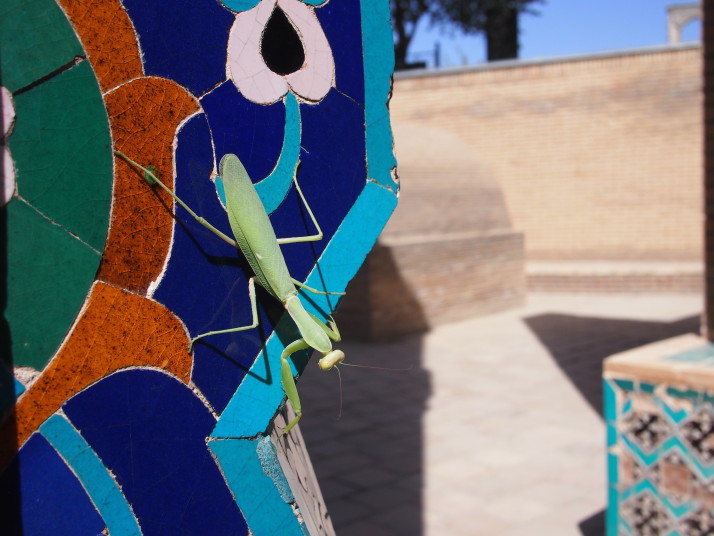 A bright green stick insect on the vibrant tiles of a mausoleum at Shah-i-Zinda
A bright green stick insect on the vibrant tiles of a mausoleum at Shah-i-Zinda
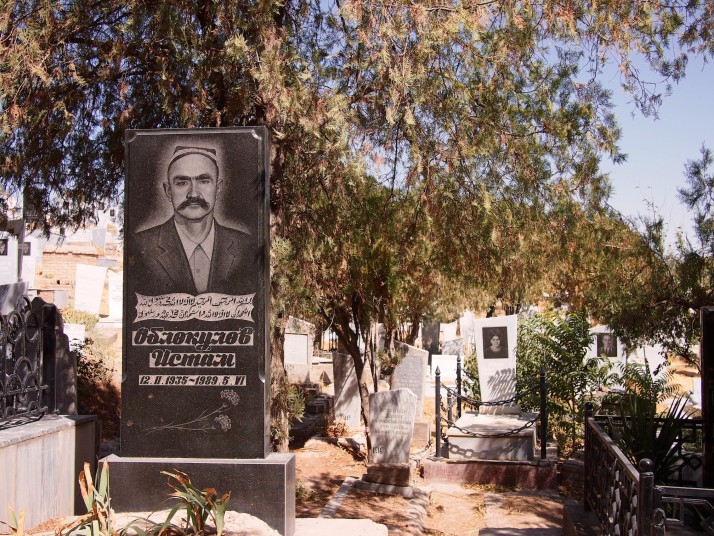 Uzbek gravestones feature portraits of the deceased. We enjoyed wandering through the cemetery in Samarkand and practicing our Cyrillic transliteration skills
Uzbek gravestones feature portraits of the deceased. We enjoyed wandering through the cemetery in Samarkand and practicing our Cyrillic transliteration skills
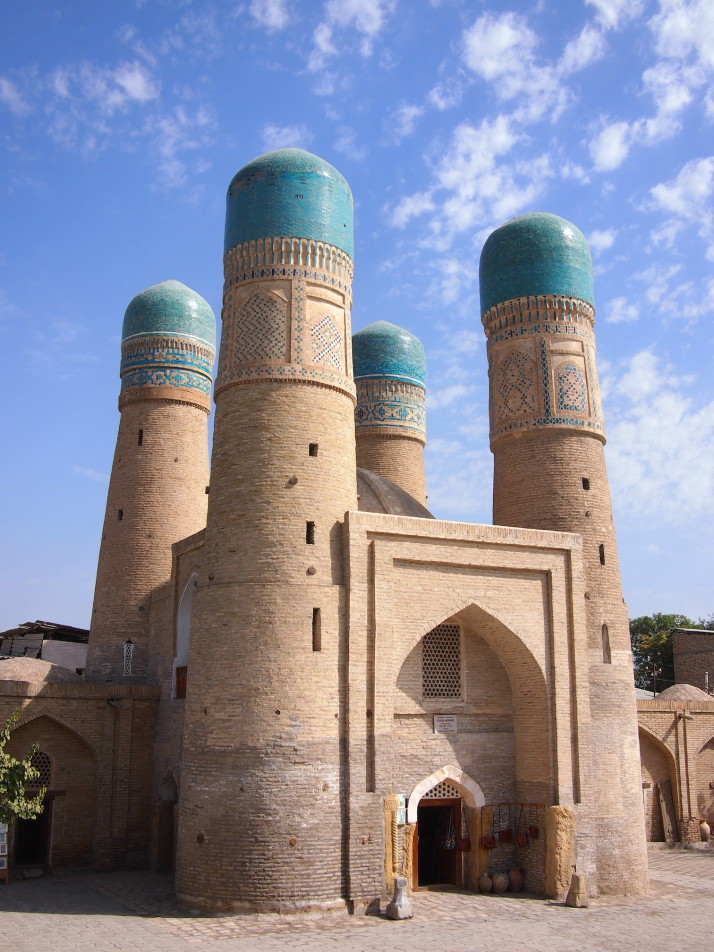 Char Minar in Bukhara was the gatehouse of a long-gone 19th century medressa
Char Minar in Bukhara was the gatehouse of a long-gone 19th century medressa
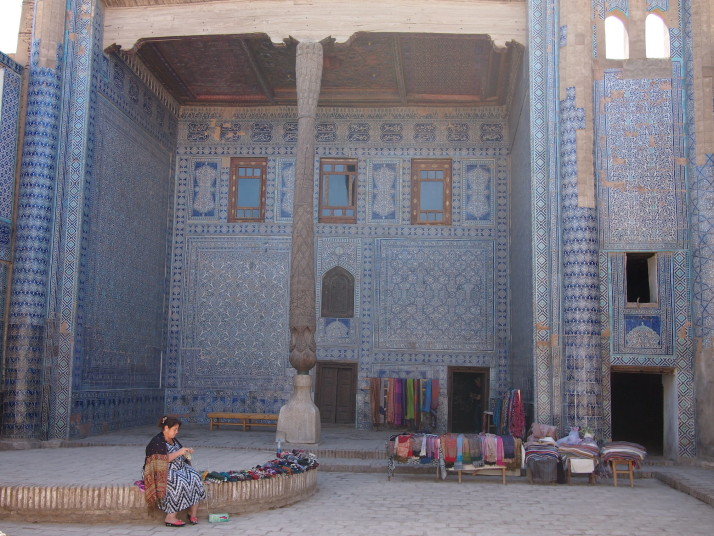 The souvenir stalls in Khiva offered lots of thick woollen socks, often made by the stallholder like this lady inside the Tosh-hovli Palace
The souvenir stalls in Khiva offered lots of thick woollen socks, often made by the stallholder like this lady inside the Tosh-hovli Palace
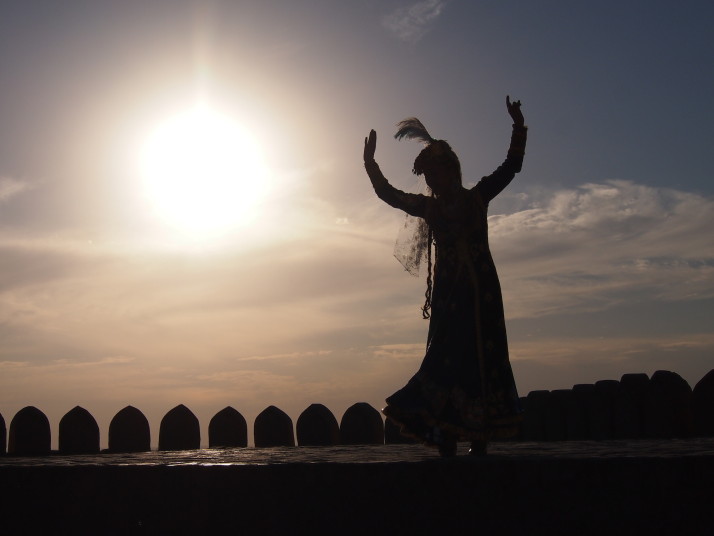 When we ascended the watchtower of the Kuhna Ark in Khiva to watch the sun set over the city we were surprised to find a music video being shot and spent as much time taking photos of the dancer as of the historic buildings
When we ascended the watchtower of the Kuhna Ark in Khiva to watch the sun set over the city we were surprised to find a music video being shot and spent as much time taking photos of the dancer as of the historic buildings
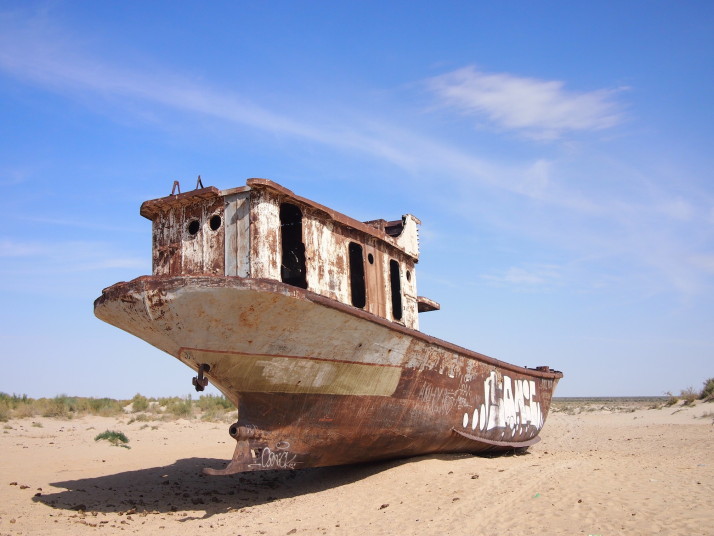 The ship cemetery at Moynoq which used to sit on the edge of the Aral Sea really brought home the environmental tragedy caused by the Soviet Union’s irrigation projects in the area to increase cotton production. Moynoq was a thriving fishing town at the edge of the lake in 1960 but is now 150km away from the still retreating water
The ship cemetery at Moynoq which used to sit on the edge of the Aral Sea really brought home the environmental tragedy caused by the Soviet Union’s irrigation projects in the area to increase cotton production. Moynoq was a thriving fishing town at the edge of the lake in 1960 but is now 150km away from the still retreating water
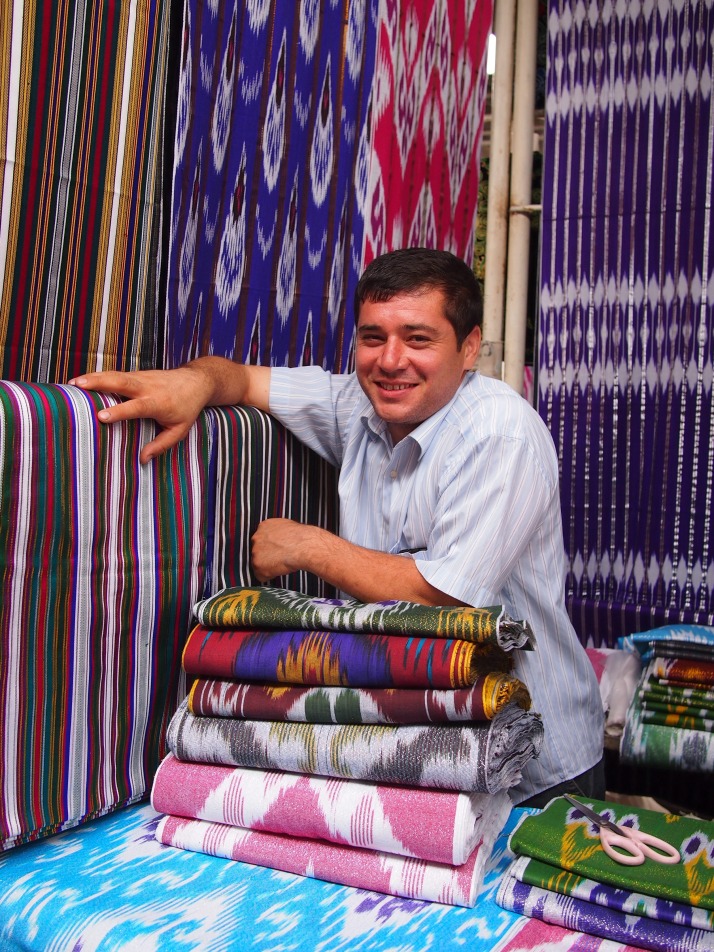 Vendor of traditional Uzbek silks at Margilon Bazaar in the Fergana Valley
Vendor of traditional Uzbek silks at Margilon Bazaar in the Fergana Valley
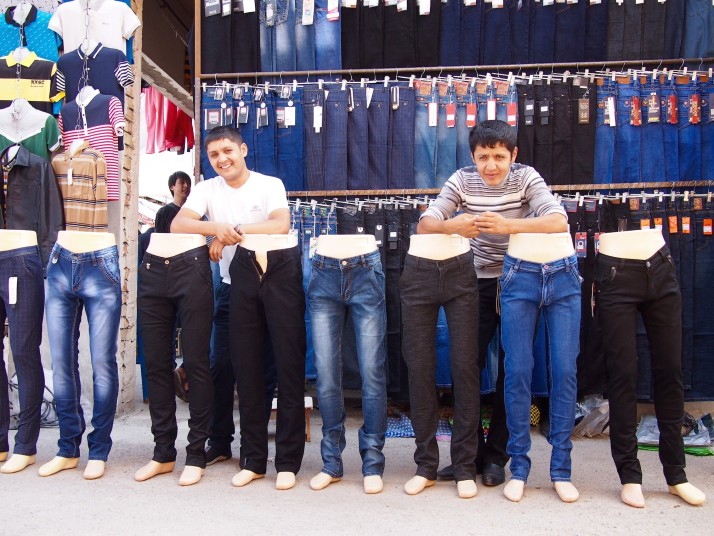 The Uzbek people were some of the friendliest we came across and we spent a lot of time saying hello and answering questions at the enormous Margilon Bazaar
The Uzbek people were some of the friendliest we came across and we spent a lot of time saying hello and answering questions at the enormous Margilon Bazaar
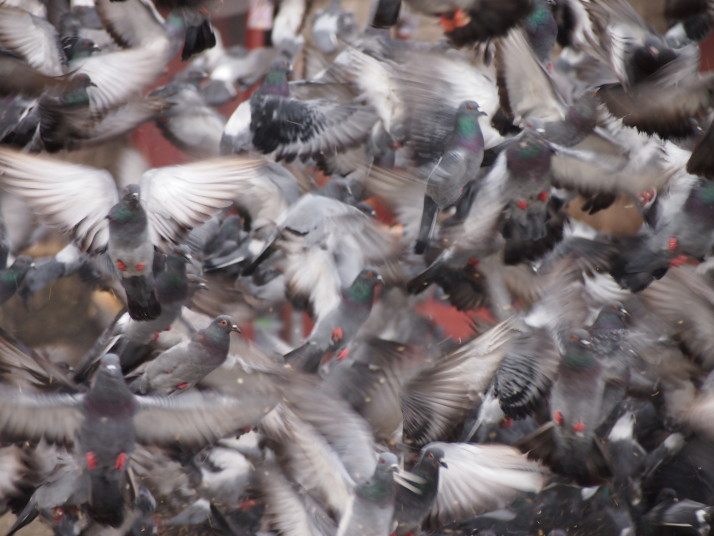 Pigeons frightened by a cat outside Yeni Cami in Istanbul
Pigeons frightened by a cat outside Yeni Cami in Istanbul
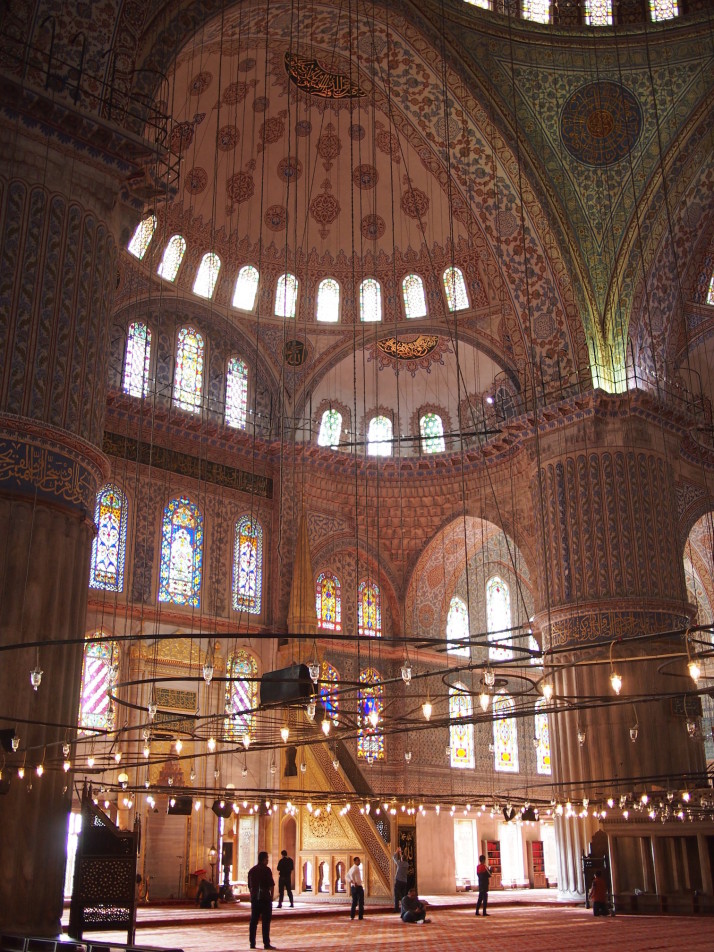 Magnificent interior of the Blue Mosque in Istanbul
Magnificent interior of the Blue Mosque in Istanbul
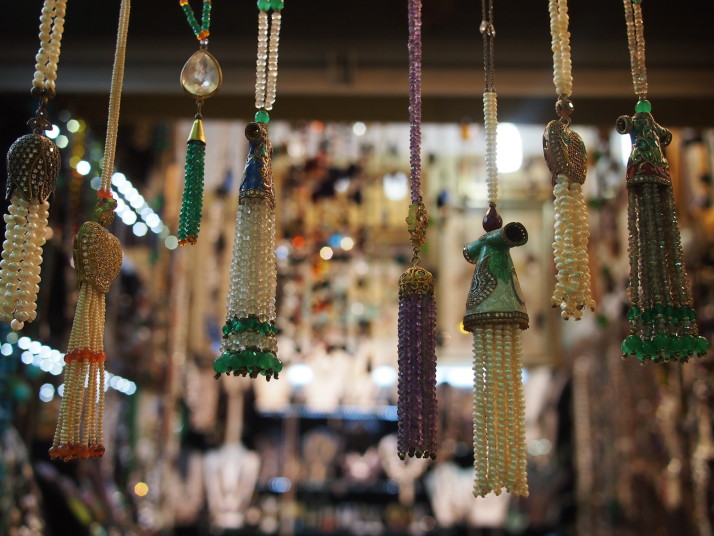 Necklaces for sale in Istanbul’s Grand Bazaar
Necklaces for sale in Istanbul’s Grand Bazaar
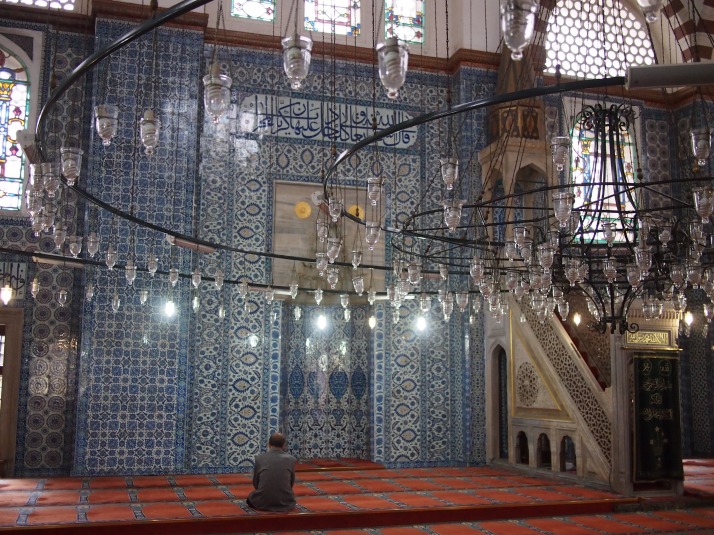 A man begins his afternoon prayer in the Rustem Pasha Mosque
A man begins his afternoon prayer in the Rustem Pasha Mosque
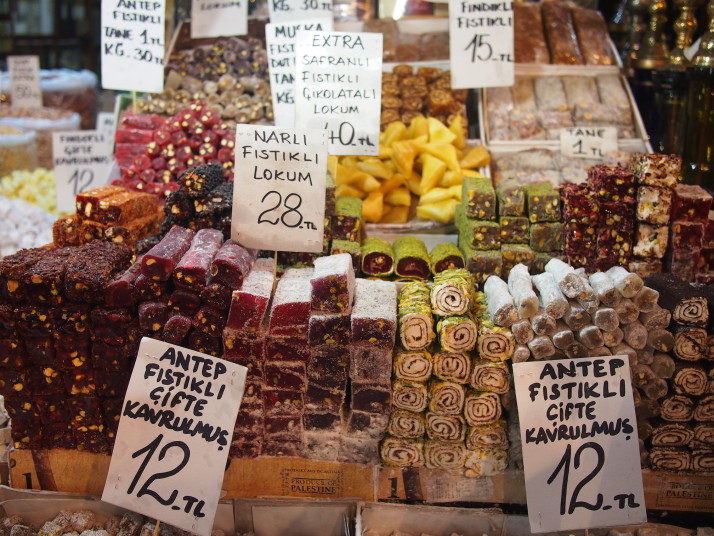 We couldn’t resist the Turkish Delight shops in Istanbul
We couldn’t resist the Turkish Delight shops in Istanbul
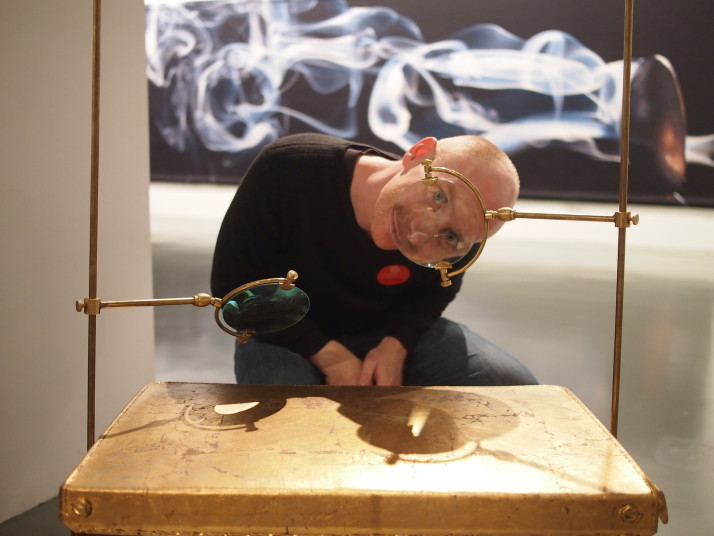 Andrew getting a different view of “Bring Yourself to Me” by Handan Boruteçene in Istanbul Modern
Andrew getting a different view of “Bring Yourself to Me” by Handan Boruteçene in Istanbul Modern
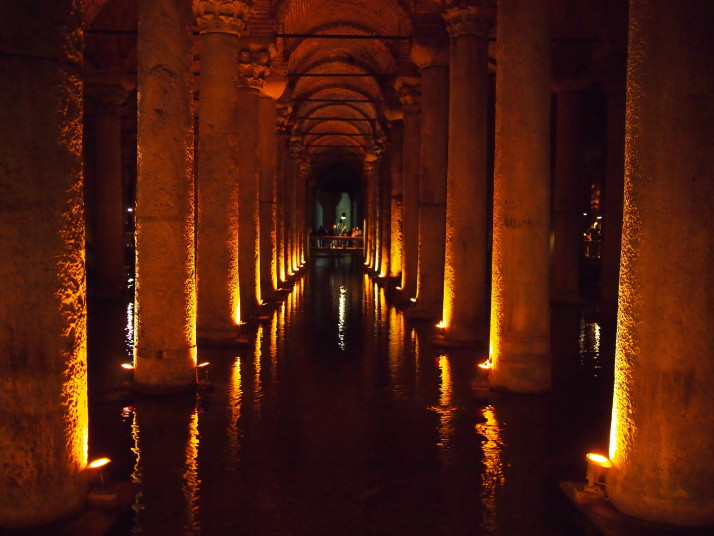 The huge Basilica Cistern in Istanbul lay forgotten for almost a hundred years after the Ottoman Conquest
The huge Basilica Cistern in Istanbul lay forgotten for almost a hundred years after the Ottoman Conquest
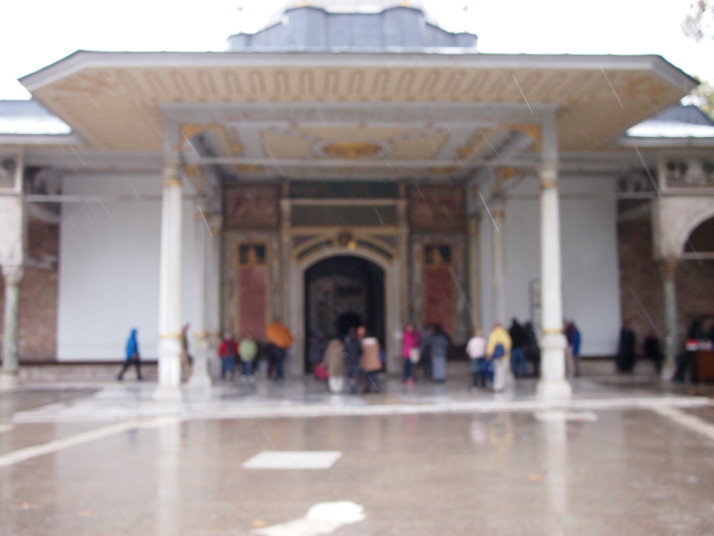 This photograph really captures the day that we visited the Topkapi Sarayi, the former palace of the Ottoman sultans in Istanbul – rainy and grey
This photograph really captures the day that we visited the Topkapi Sarayi, the former palace of the Ottoman sultans in Istanbul – rainy and grey
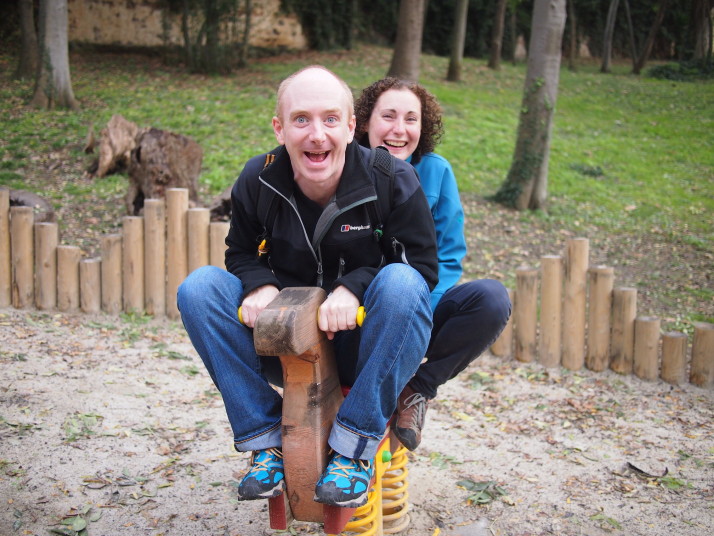 When Steph, Tom and Olly visited us in Istanbul we got to see the local playgrounds and behave like big kids!
When Steph, Tom and Olly visited us in Istanbul we got to see the local playgrounds and behave like big kids!
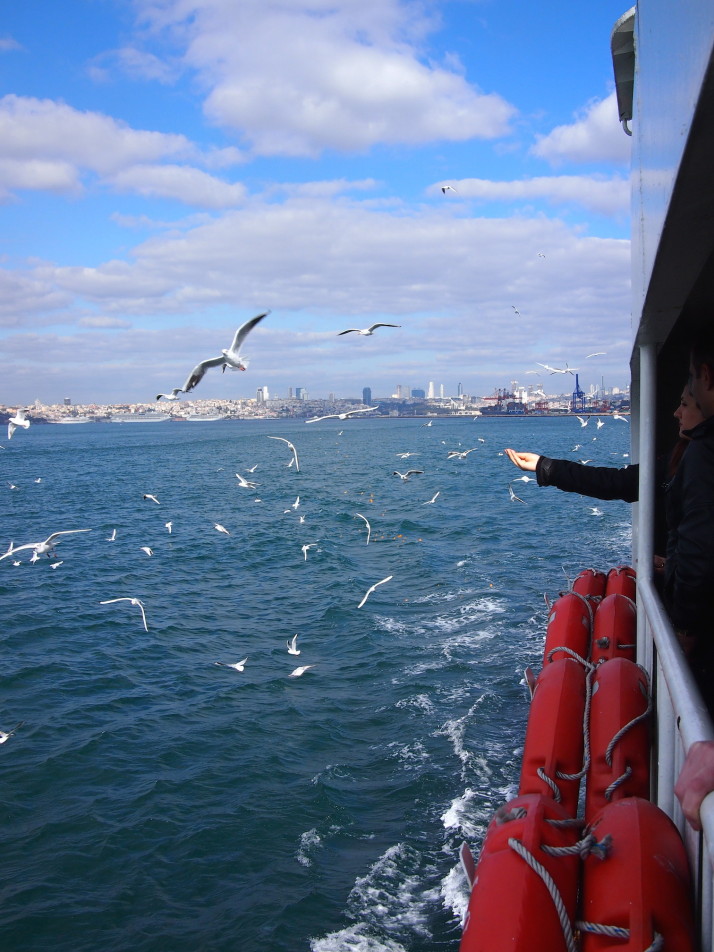 Passengers on the ferry to the Princes’ Islands feeding gulls
Passengers on the ferry to the Princes’ Islands feeding gulls
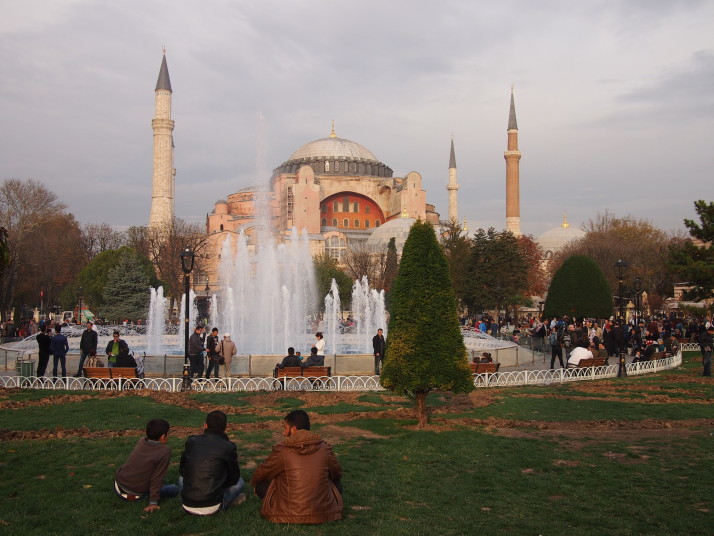 The iconic Haghia Sophia stands in the centre of Istanbul and dominates its skyline. Its dome rises 56m above the floor and looks much smaller than it actually is from below
The iconic Haghia Sophia stands in the centre of Istanbul and dominates its skyline. Its dome rises 56m above the floor and looks much smaller than it actually is from below
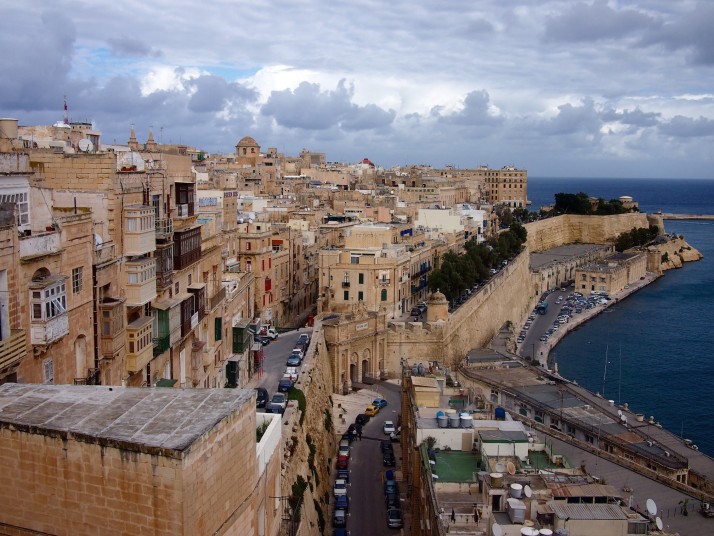 Malta’s traditional architecture is very distinctive and nowhere more so than in the capital city Valletta with its golden limestone, narrow streets and wooden covered balconies
Malta’s traditional architecture is very distinctive and nowhere more so than in the capital city Valletta with its golden limestone, narrow streets and wooden covered balconies
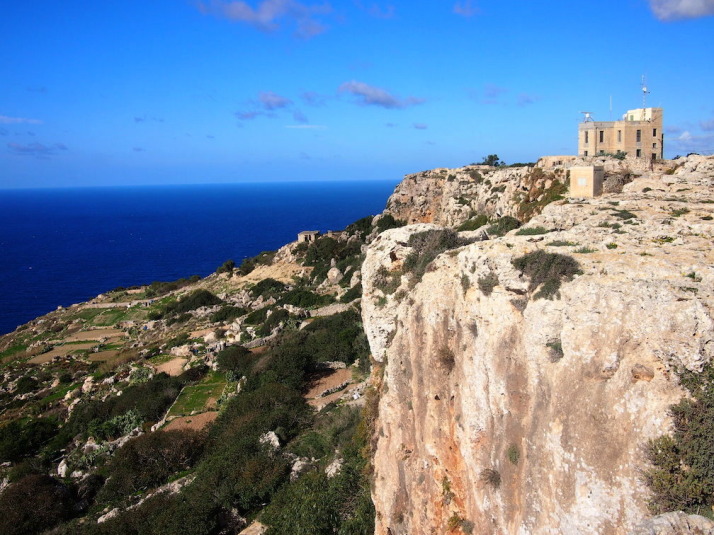 Looking back towards the start of the walk at Dingli Cliffs. Not bad for a day in November
Looking back towards the start of the walk at Dingli Cliffs. Not bad for a day in November
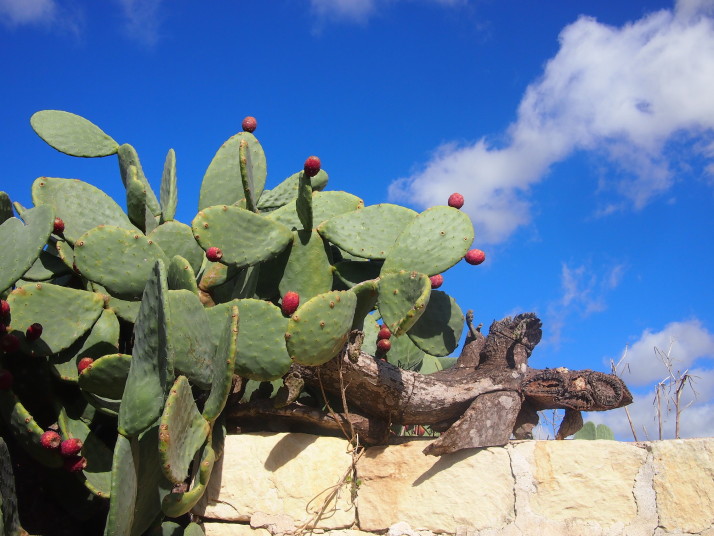 The prickly pear grows throughout the Maltese countryside and the fruit is both eaten and used to make a liqueur
The prickly pear grows throughout the Maltese countryside and the fruit is both eaten and used to make a liqueur
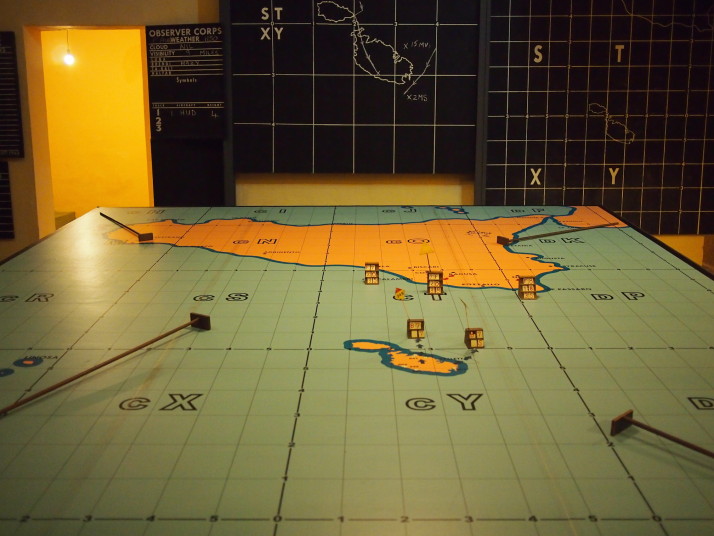 The Lascaris War Rooms were a fascinating insight into WWII history
The Lascaris War Rooms were a fascinating insight into WWII history
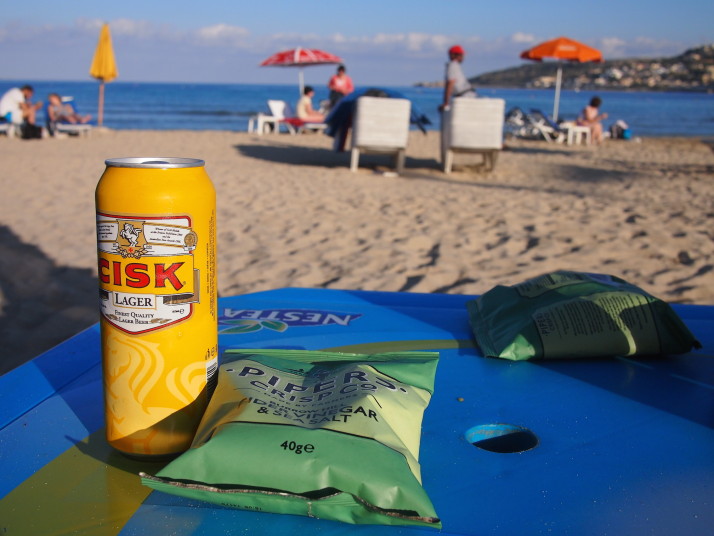 A can of beer and a packet of crisps on Għadira beach after a long day’s walk around the northern coastline
A can of beer and a packet of crisps on Għadira beach after a long day’s walk around the northern coastline
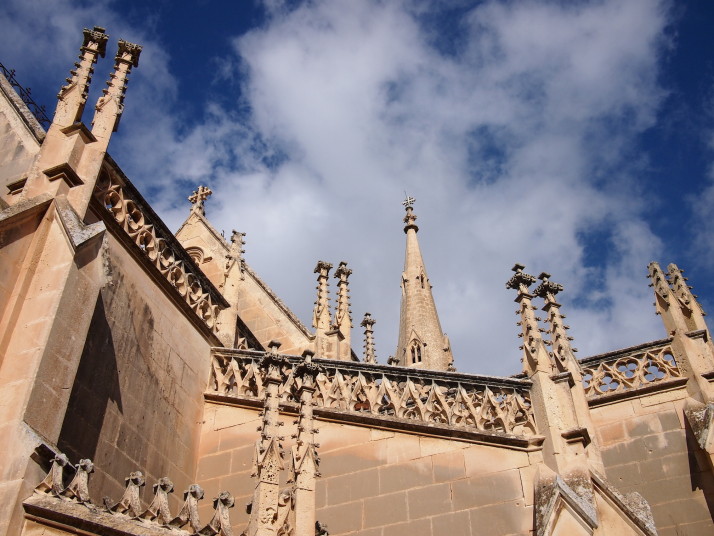 Roofline of the church at the Addolorata Cemetery in Paola, Malta
Roofline of the church at the Addolorata Cemetery in Paola, Malta
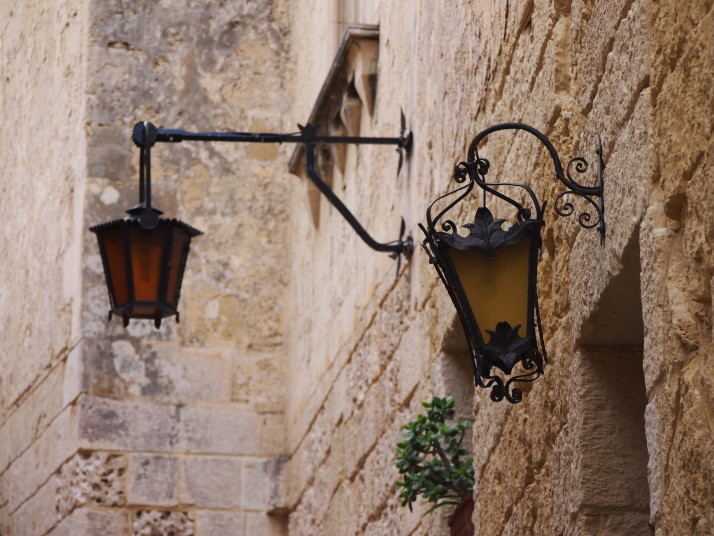 Street lamps in the twisting streets of Mdina, the fortress city in the centre of Malta
Street lamps in the twisting streets of Mdina, the fortress city in the centre of Malta
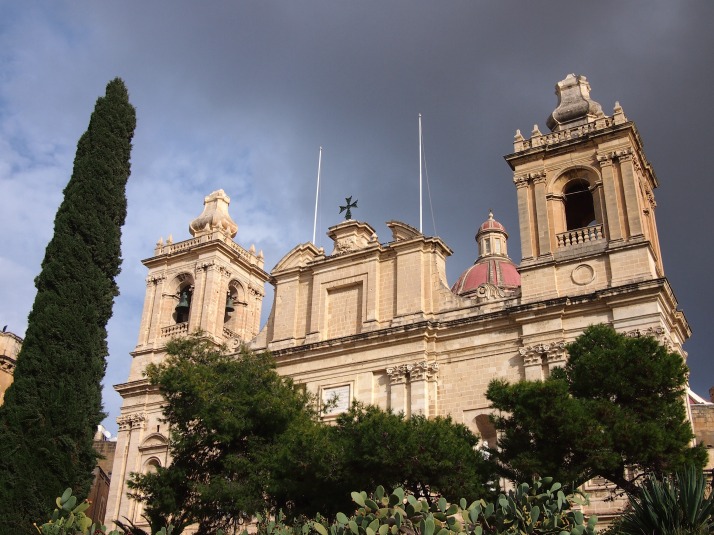 Stormy clouds behind St Lawrence’s Church, Vittoriosa
Stormy clouds behind St Lawrence’s Church, Vittoriosa
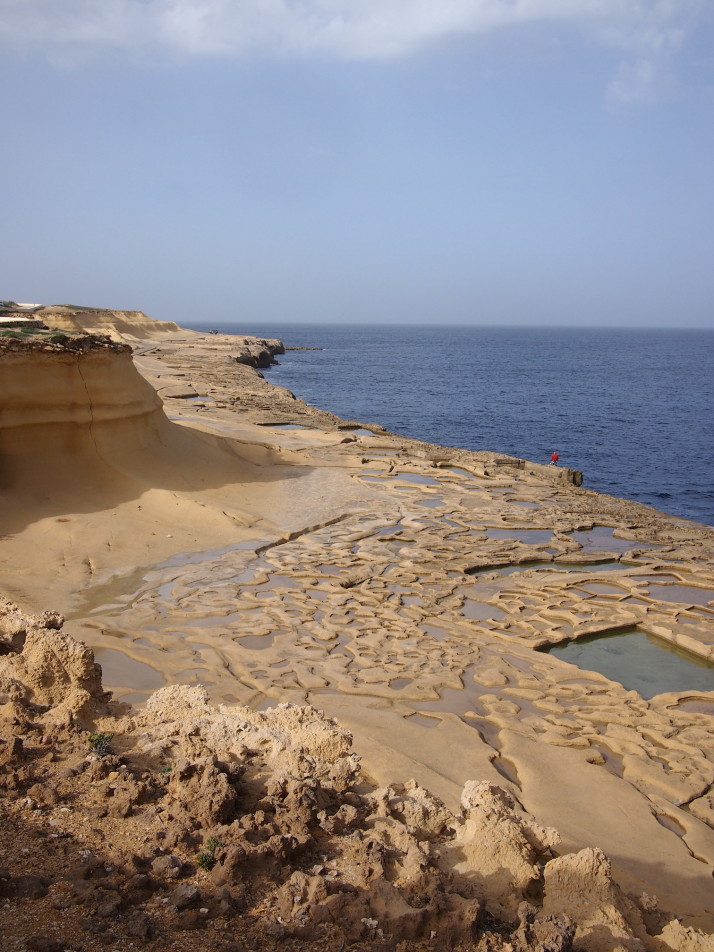 The fantastic Segway tour that we took on Gozo went past the natural salt pans on the north-west coast
The fantastic Segway tour that we took on Gozo went past the natural salt pans on the north-west coast
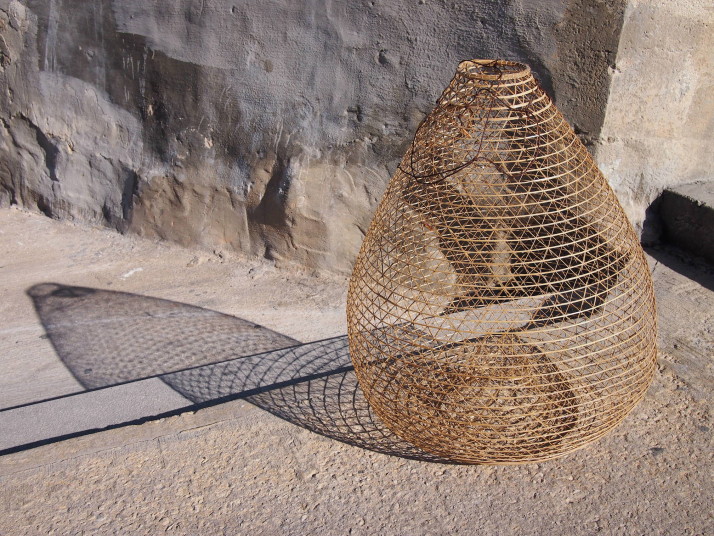 Traditional fishing baskets are still used by Maltese fishermen who let them down and mark the spot, collecting them several hours later
Traditional fishing baskets are still used by Maltese fishermen who let them down and mark the spot, collecting them several hours later
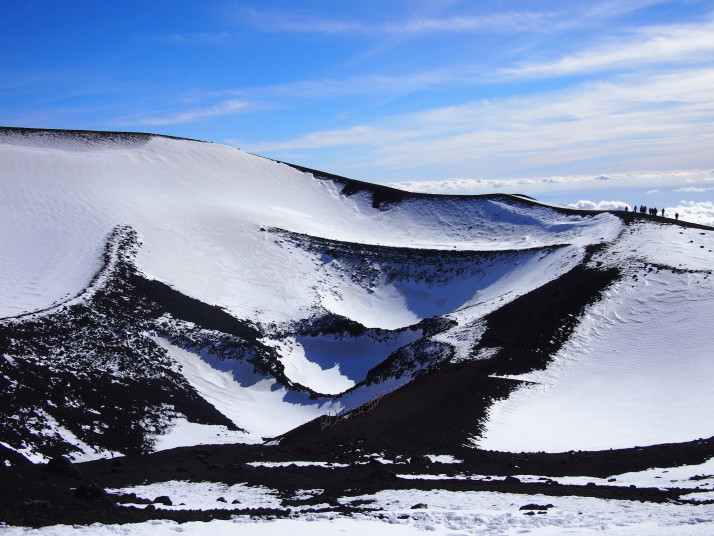 It was eerie to see steam rising from vents in the snowy Monte Barbagallo crater of Mt Etna
It was eerie to see steam rising from vents in the snowy Monte Barbagallo crater of Mt Etna
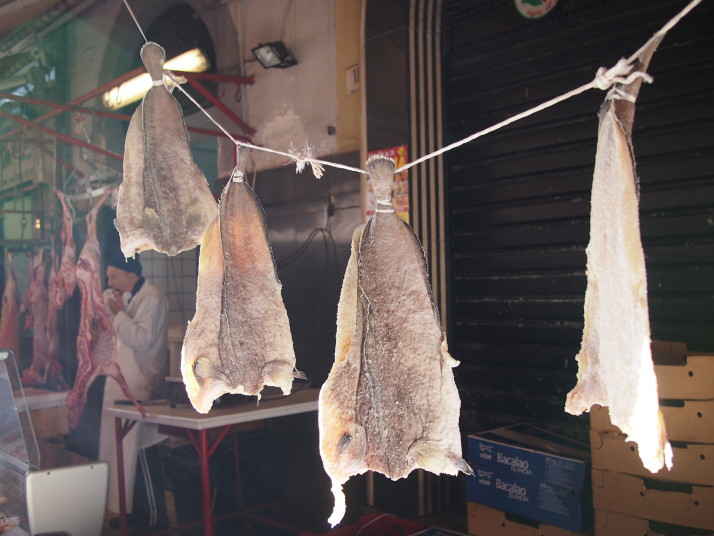 Baccala, or salt cod, is a typical regional ingredient in Sicily. In Catania’s fish market we saw it drying in the sun
Baccala, or salt cod, is a typical regional ingredient in Sicily. In Catania’s fish market we saw it drying in the sun
 Looking up inside the conical Santuario della Madonna delle Lacrime in Siracusa. We nicknamed it the ‘Cone of Shame’
Looking up inside the conical Santuario della Madonna delle Lacrime in Siracusa. We nicknamed it the ‘Cone of Shame’
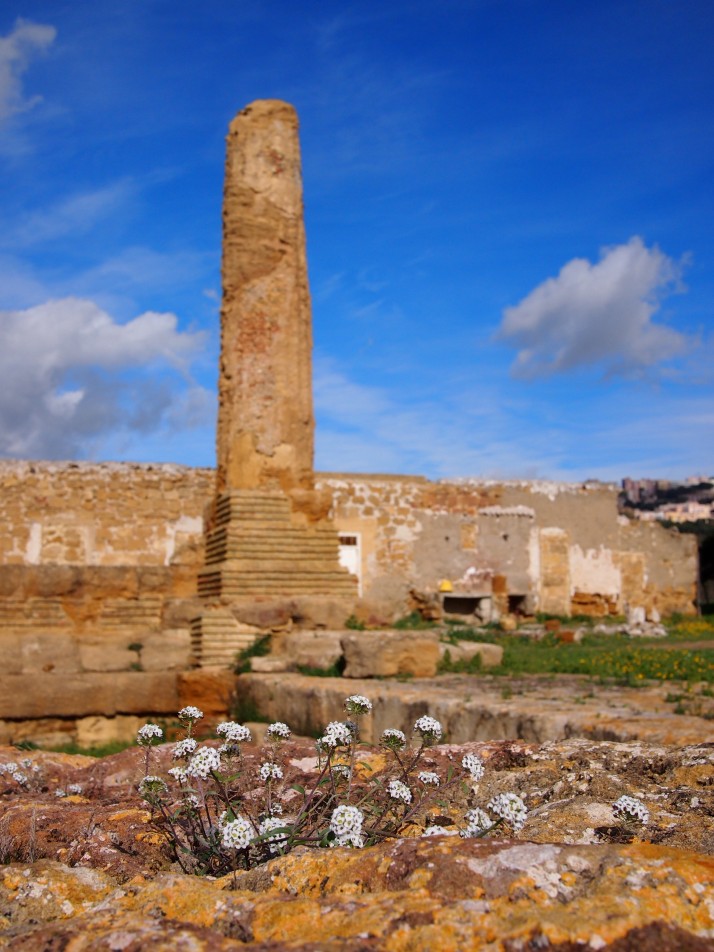 Temple of Vulcano at Agrigento where we spent an unexpectedly cold and slightly snowy New Year’s Eve
Temple of Vulcano at Agrigento where we spent an unexpectedly cold and slightly snowy New Year’s Eve
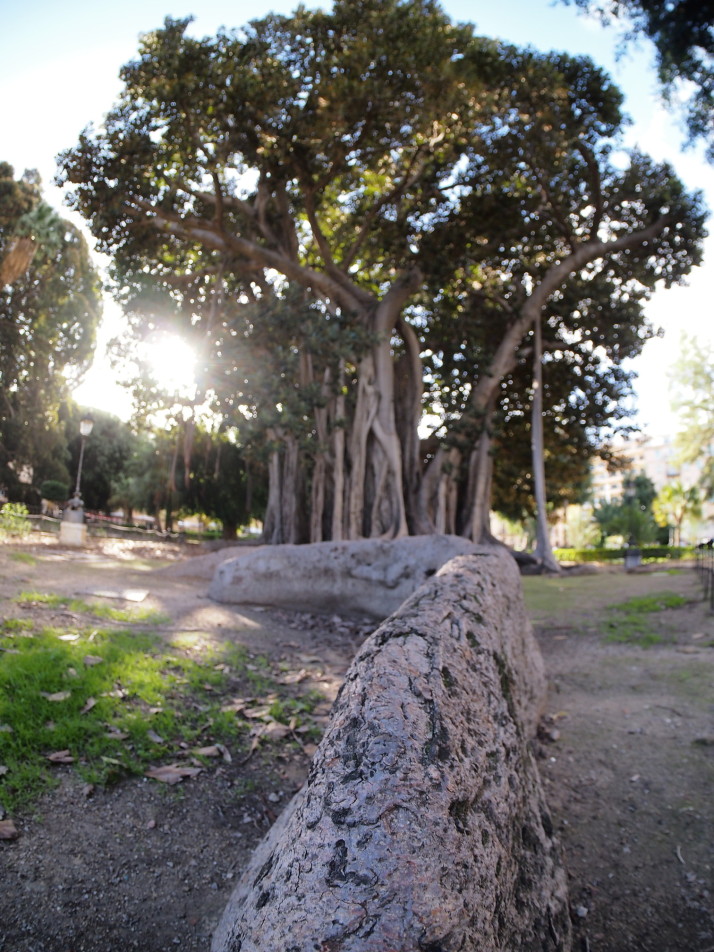 Fantastic banyan trees in Giardino Garibaldi, Palermo
Fantastic banyan trees in Giardino Garibaldi, Palermo
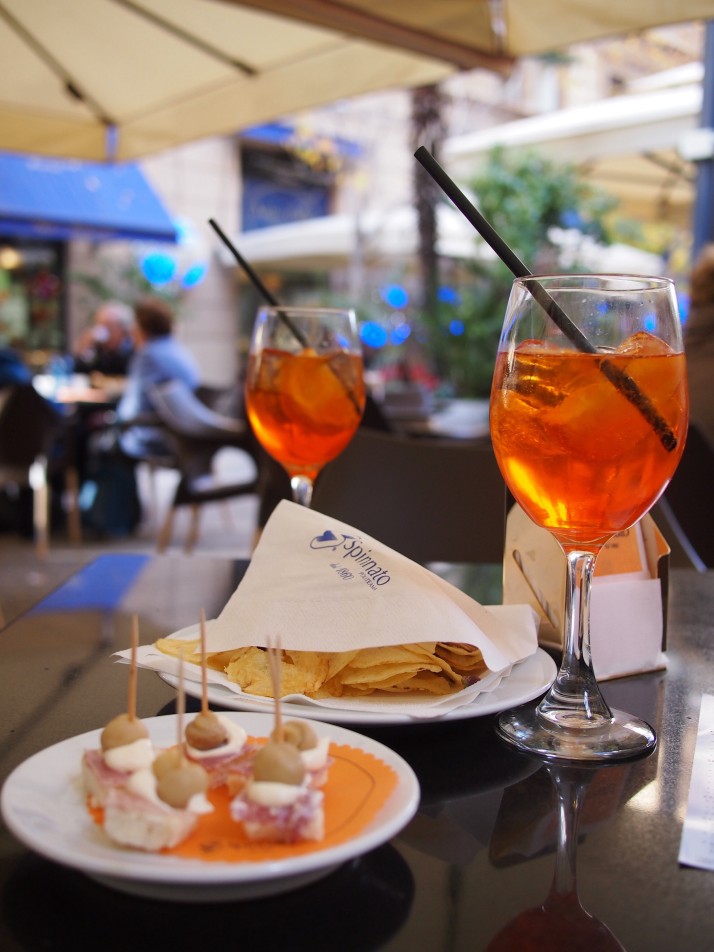 Spritz o’clock became a late afternoon institution during our stay in Sicily where the refreshing cocktail is served with complimentary bar snacks
Spritz o’clock became a late afternoon institution during our stay in Sicily where the refreshing cocktail is served with complimentary bar snacks
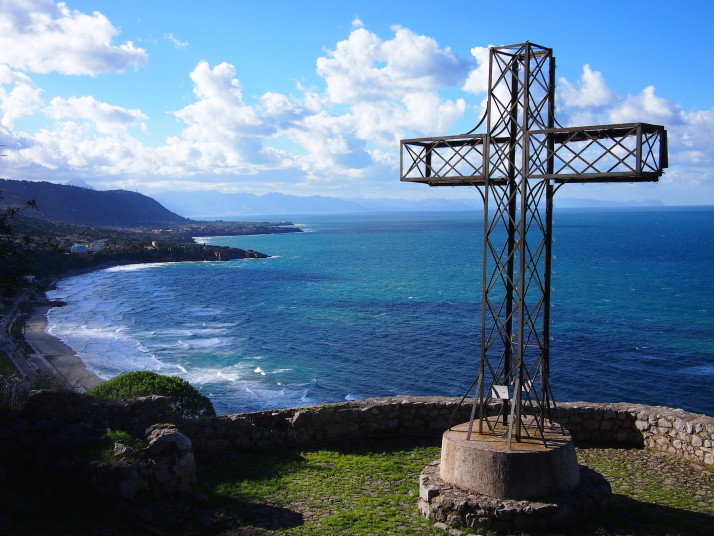 Views up the coast from the former fortress atop La Rocca over Cefalù, Sicily
Views up the coast from the former fortress atop La Rocca over Cefalù, Sicily
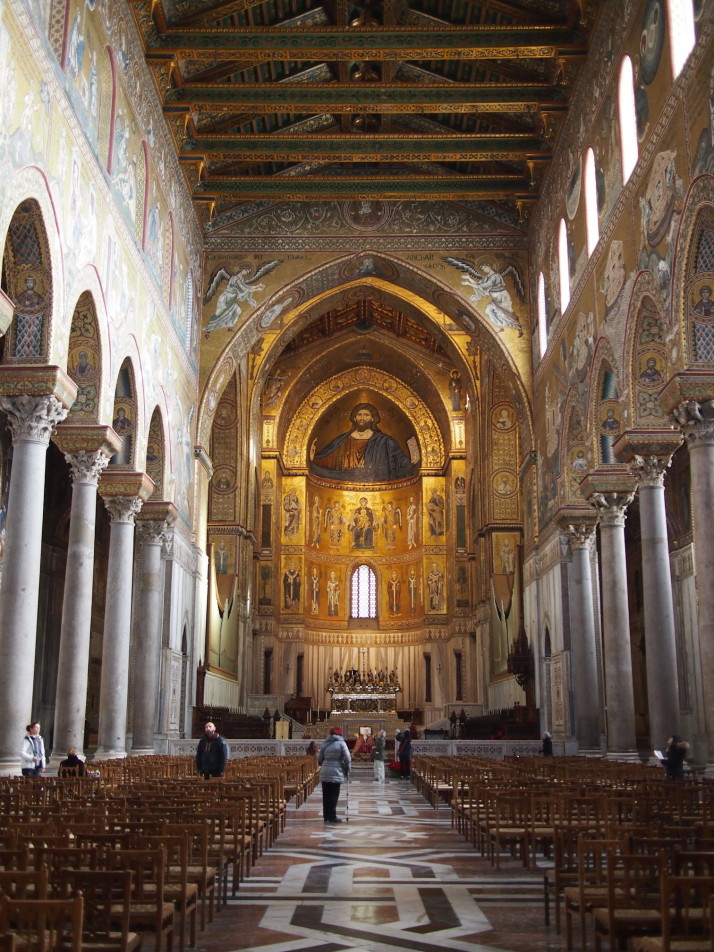 The mosaics inside Monreale Cathedral tell stories from the bible to assist in medieval times when the vast majority of the population were illiterate
The mosaics inside Monreale Cathedral tell stories from the bible to assist in medieval times when the vast majority of the population were illiterate
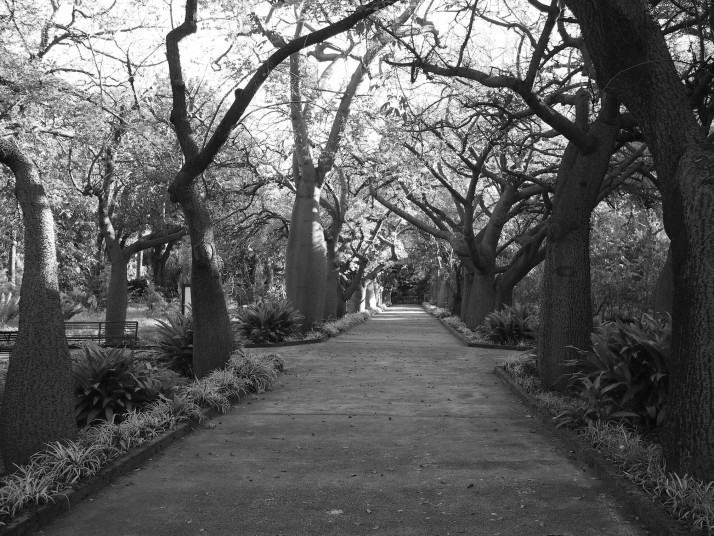 Sculptural Silk floss trees from South America in the Botanical Garden in Palermo
Sculptural Silk floss trees from South America in the Botanical Garden in Palermo
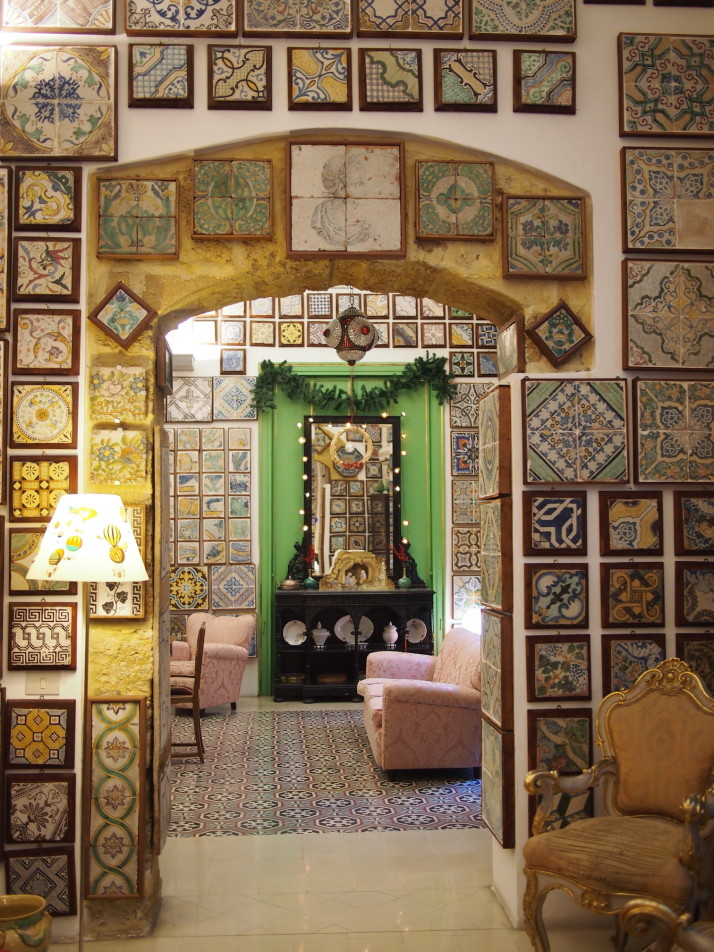 The rather unlikely sounding tile collection of Stanze al Genio in Palermo ended up being one of our favourite sights in Sicily. We dreamt about starting our own collection in an attempt to make our own home so beautiful
The rather unlikely sounding tile collection of Stanze al Genio in Palermo ended up being one of our favourite sights in Sicily. We dreamt about starting our own collection in an attempt to make our own home so beautiful
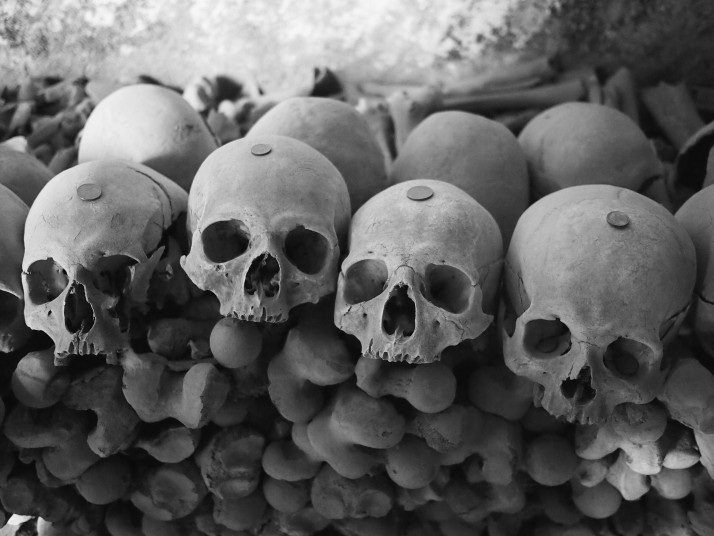 Locals leave offerings for skulls in the Fontanelle Cemetery in Naples
Locals leave offerings for skulls in the Fontanelle Cemetery in Naples
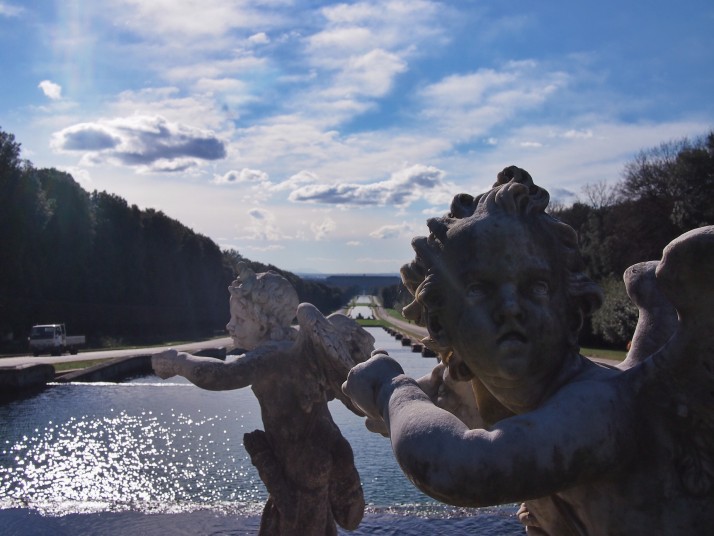 On one of the rare sunny days of our fortnight in Naples we spent exploring the house and grounds of the nearby Reggia di Caserta
On one of the rare sunny days of our fortnight in Naples we spent exploring the house and grounds of the nearby Reggia di Caserta
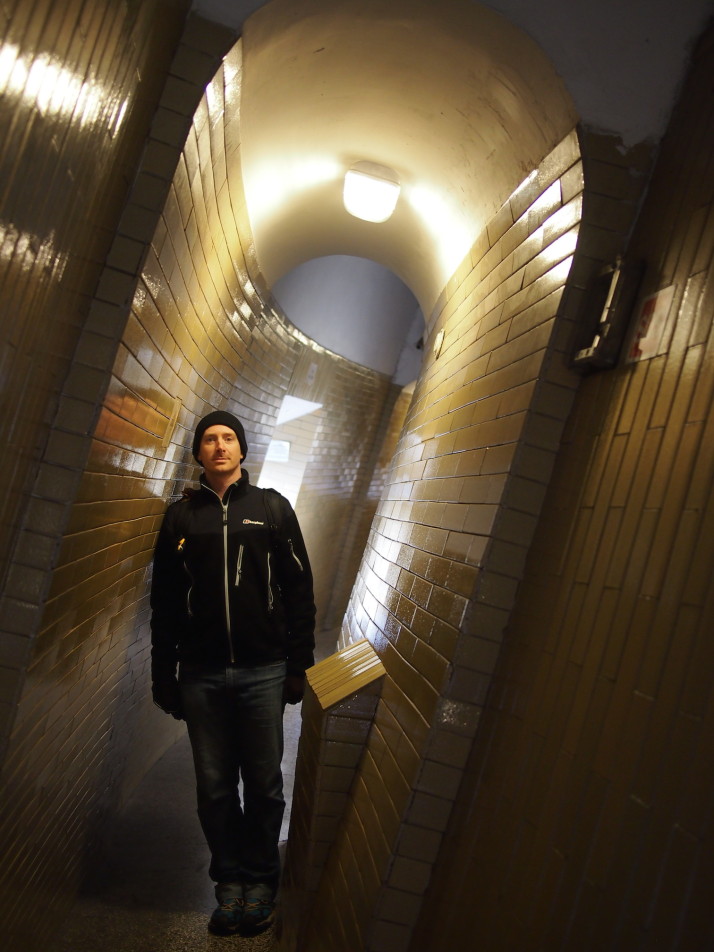 We climbed to the cupola atop the dome of St Peter’s Basilica for views across Rome but hadn’t expected the staircase to be inside the sloping walls of the dome itself
We climbed to the cupola atop the dome of St Peter’s Basilica for views across Rome but hadn’t expected the staircase to be inside the sloping walls of the dome itself
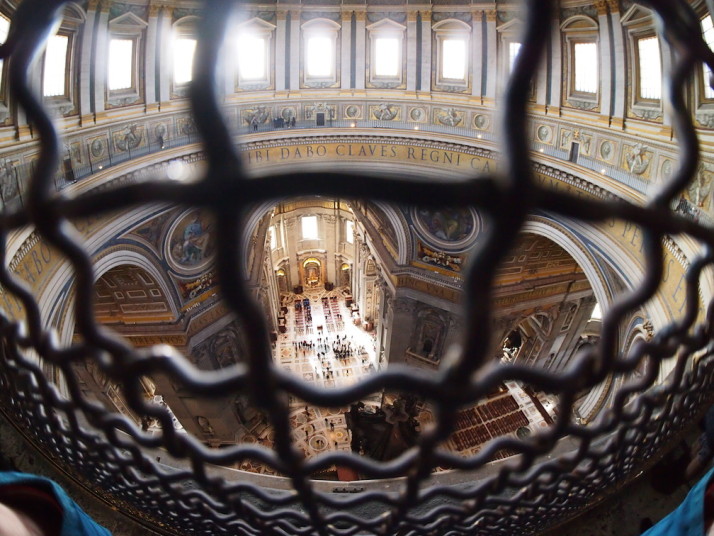 Entering the base of the dome at St Peter’s Basilica was an unexpected treat for the vertiginous view to the floor of the church
Entering the base of the dome at St Peter’s Basilica was an unexpected treat for the vertiginous view to the floor of the church
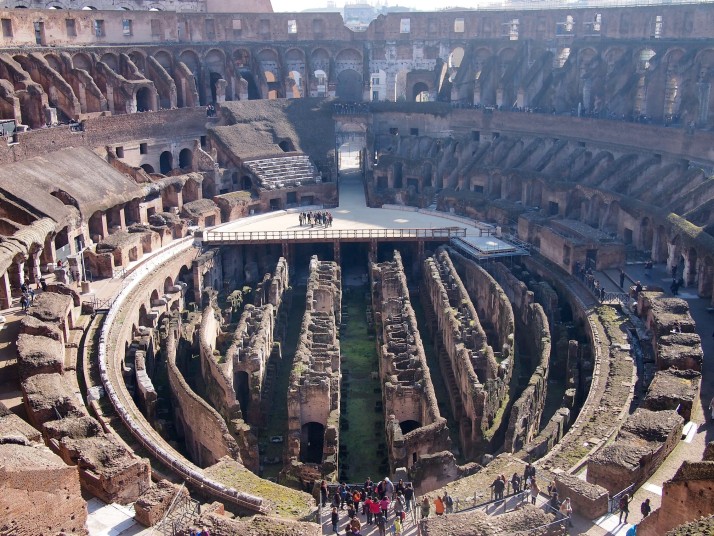 Looking down into the Colosseum from the third tier trying to reimagine ancient Roman times
Looking down into the Colosseum from the third tier trying to reimagine ancient Roman times
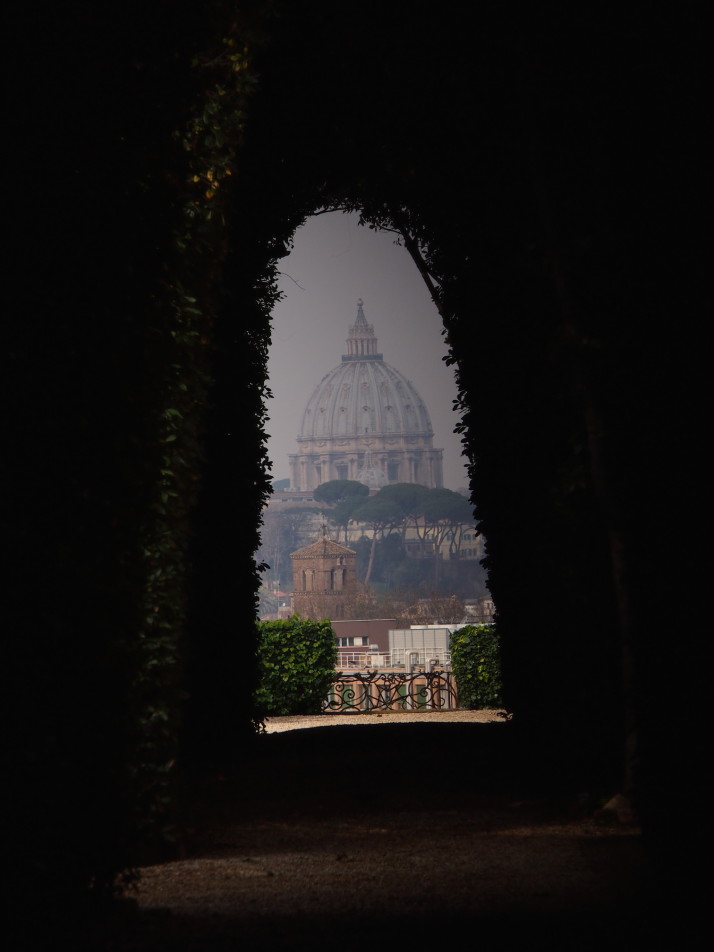 The view through the keyhole of the Villa del Priorato dei Cavalieri di Malta was surprising in its perfection even when we knew what to expect
The view through the keyhole of the Villa del Priorato dei Cavalieri di Malta was surprising in its perfection even when we knew what to expect
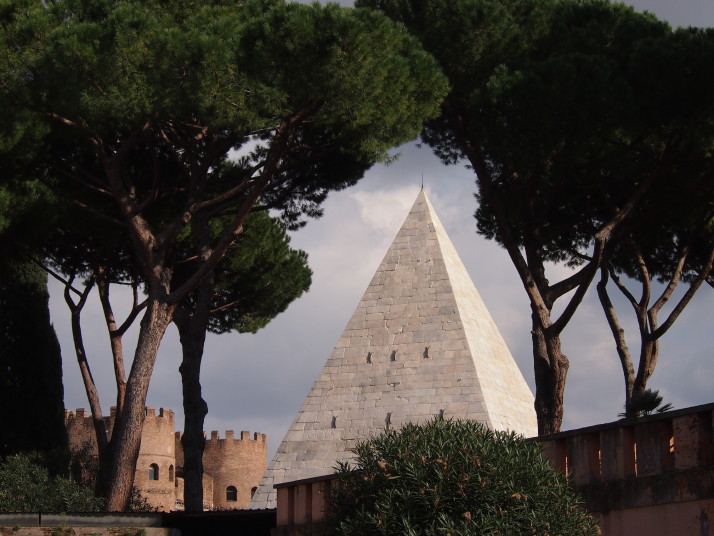 A pyramid in Rome? Yes really! It was built in around 12BC as the tomb of Gaius Cestius
A pyramid in Rome? Yes really! It was built in around 12BC as the tomb of Gaius Cestius
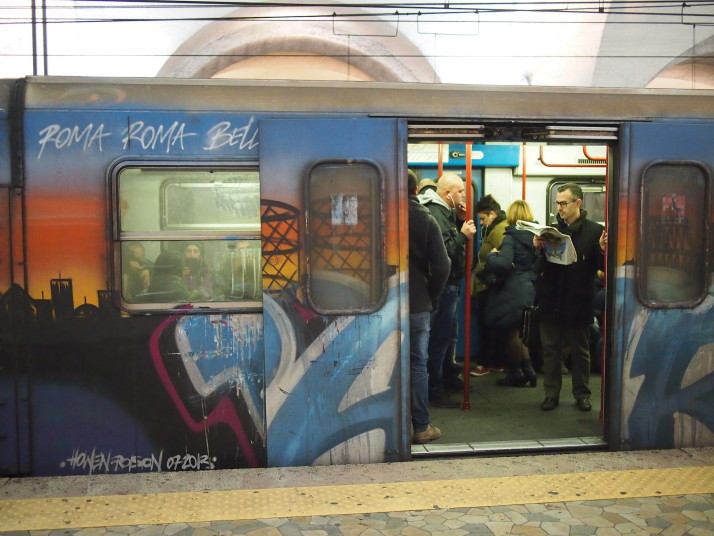 There’s a lot of graffiti in Italy. Most of it is fairly unsightly tags but occasionally it is well enough done that it improves whatever it is sprayed onto, like this line B metro train in Rome
There’s a lot of graffiti in Italy. Most of it is fairly unsightly tags but occasionally it is well enough done that it improves whatever it is sprayed onto, like this line B metro train in Rome
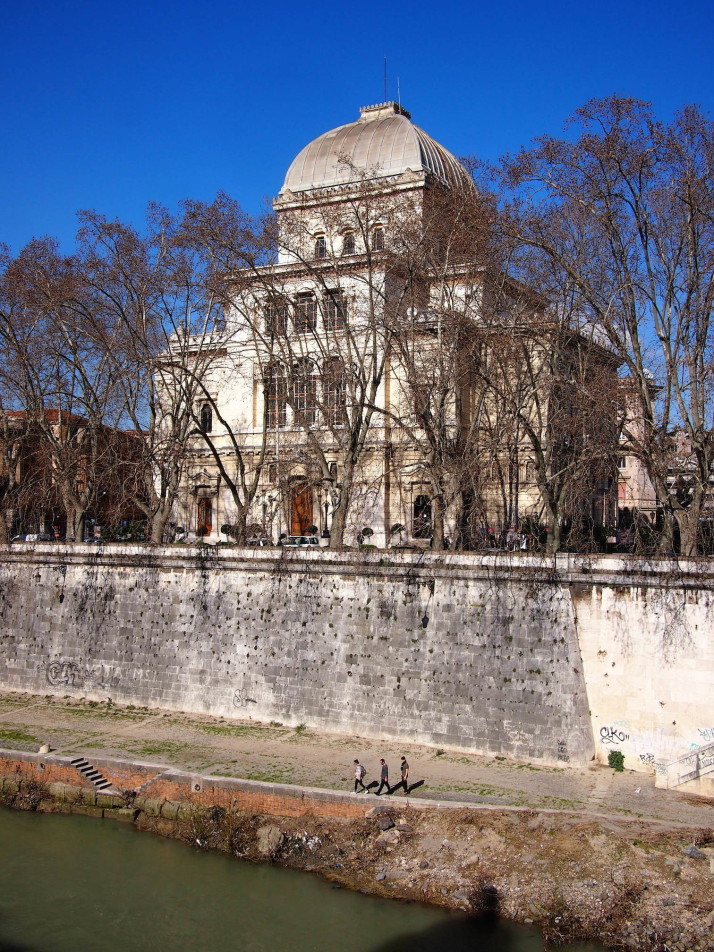 The main synagogue in Rome stands imposingly above the River Tiber
The main synagogue in Rome stands imposingly above the River Tiber
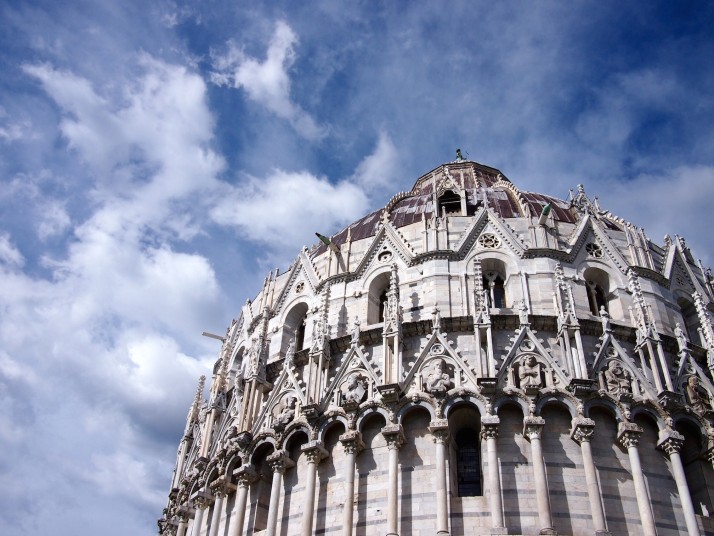 The leaning Tower of Pisa is part of a complex known as the Piazza dei Miracoli (Square of Miracles). The Baptistry has incredible acoustics which are demonstrated every half hour by the guard who stands in the centre of the room and sings a few notes which resonate for so long that he can create chords with his own voice!
The leaning Tower of Pisa is part of a complex known as the Piazza dei Miracoli (Square of Miracles). The Baptistry has incredible acoustics which are demonstrated every half hour by the guard who stands in the centre of the room and sings a few notes which resonate for so long that he can create chords with his own voice!
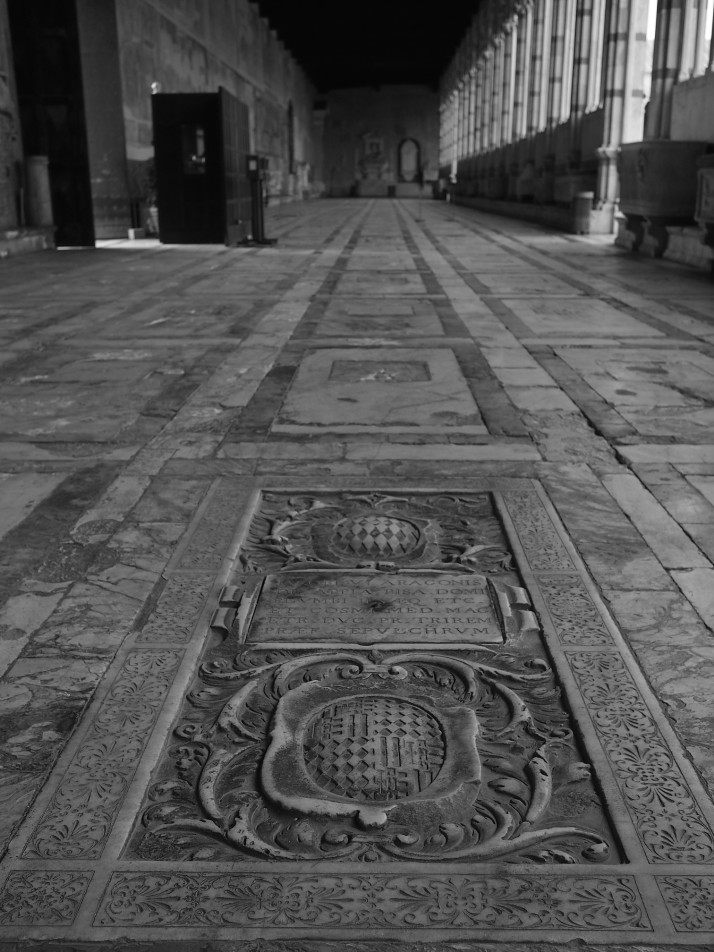 The Camposanto Monumentale cemetery in Pisa is slowly being restored after being damaged by bombing in WWII
The Camposanto Monumentale cemetery in Pisa is slowly being restored after being damaged by bombing in WWII
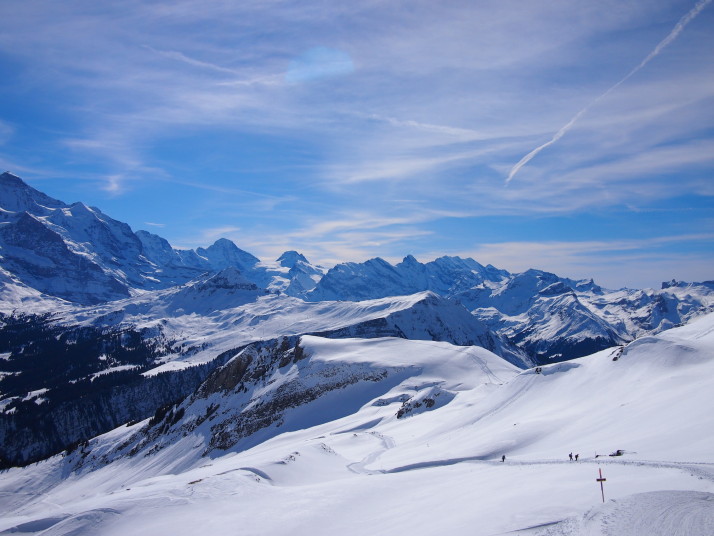 We loved catching up with our friends Heidi and Olivier in Switzerland and once again admiring the spectacular scenery of their home country
We loved catching up with our friends Heidi and Olivier in Switzerland and once again admiring the spectacular scenery of their home country
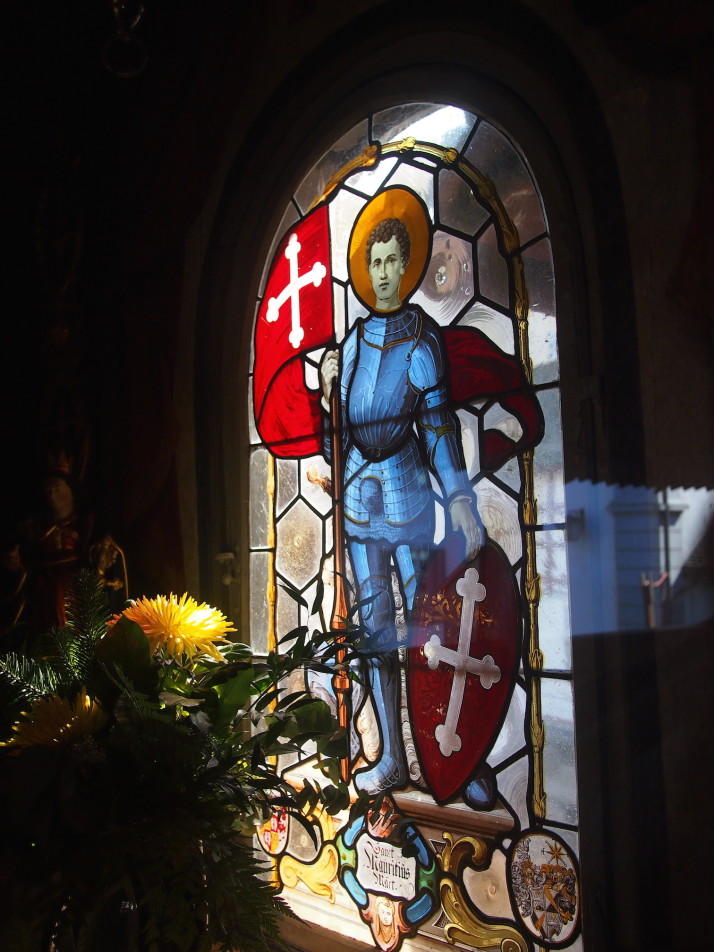 Sunlight streaming through the stained glass window of a tiny chapel on Spreuerbrücke in Luzern
Sunlight streaming through the stained glass window of a tiny chapel on Spreuerbrücke in Luzern
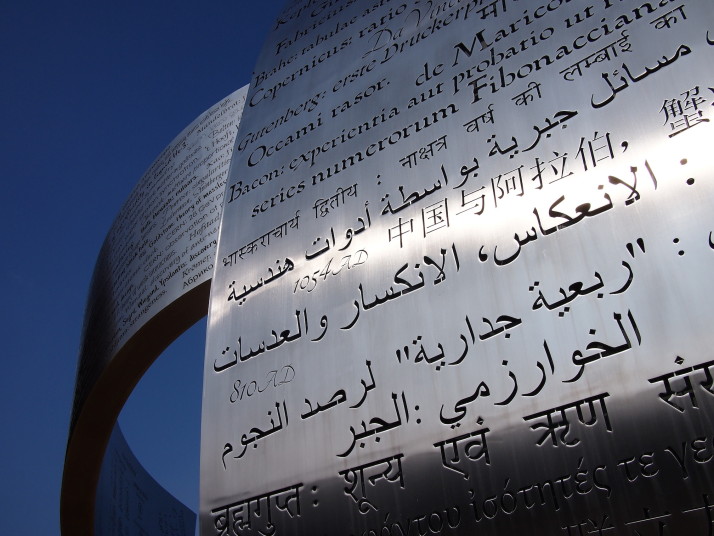 ‘Wandering the immeasurable’ by Gayle Hermick stands outside the visitor centre at CERN and is inscribed with major discoveries in physics in the language that they were made
‘Wandering the immeasurable’ by Gayle Hermick stands outside the visitor centre at CERN and is inscribed with major discoveries in physics in the language that they were made
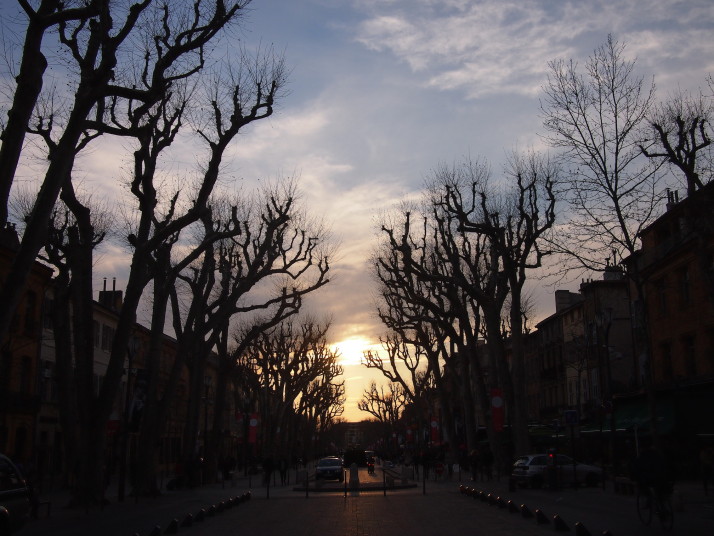 The sun goes down behind the tree lined Cours Mirabeau in Aix-en-Provence
The sun goes down behind the tree lined Cours Mirabeau in Aix-en-Provence
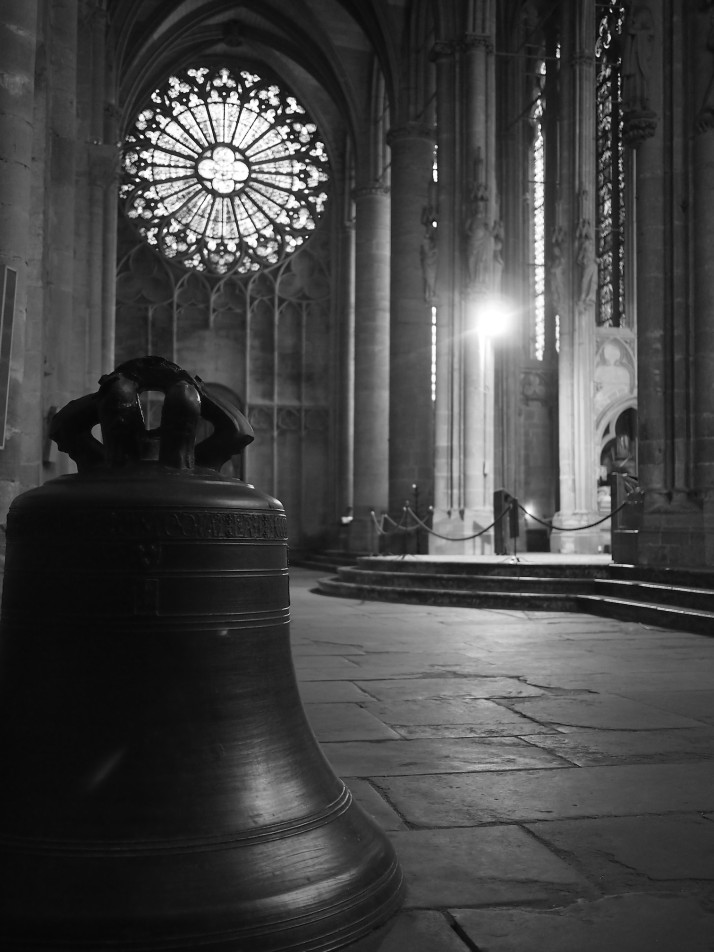 Inside the diminutive Basilique Saint-Nazaire in the medieval La Cité, Carcassonne
Inside the diminutive Basilique Saint-Nazaire in the medieval La Cité, Carcassonne
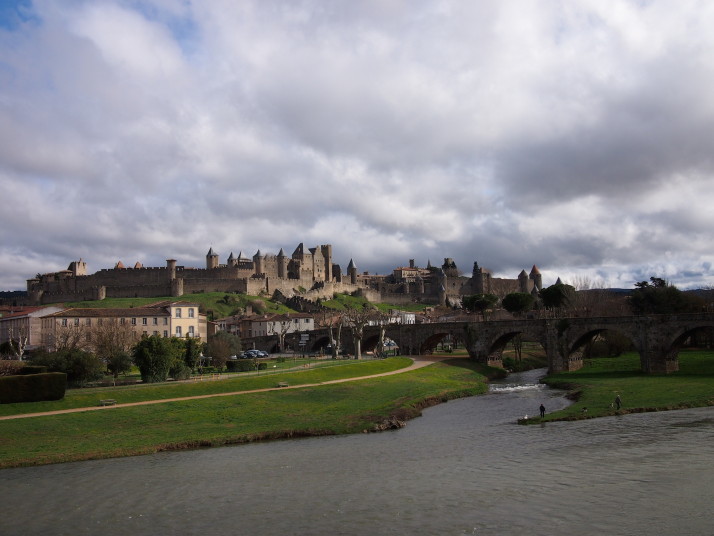 Carcassonne’s medieval walled fortress town, La Cité
Carcassonne’s medieval walled fortress town, La Cité
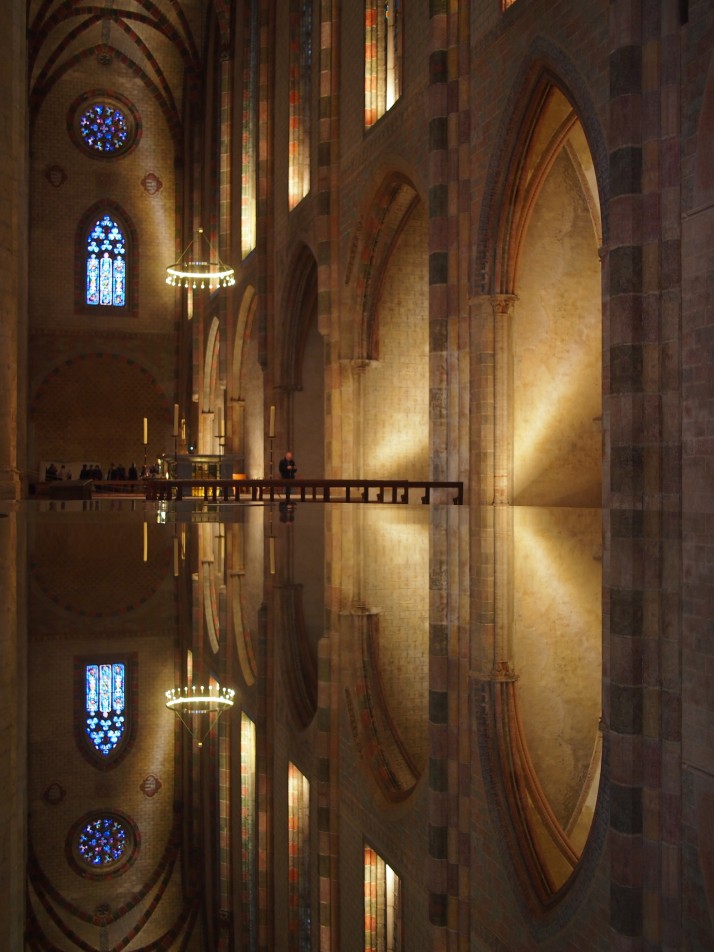 Reflections inside Toulouse’s Church of the Jacobins
Reflections inside Toulouse’s Church of the Jacobins
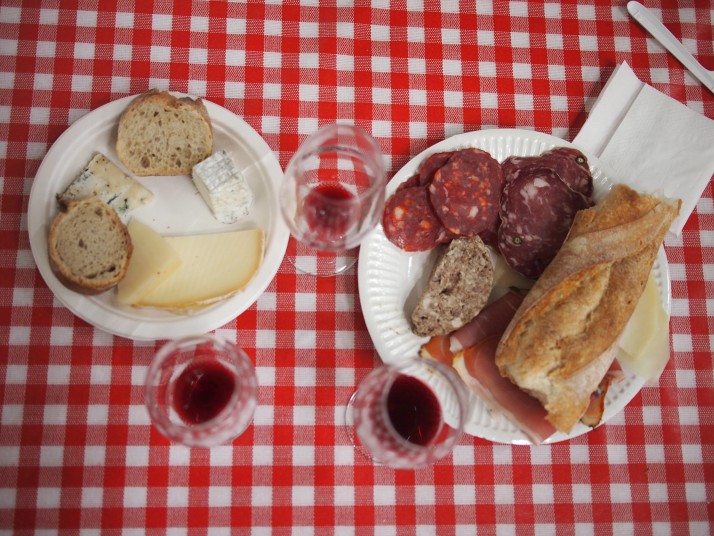 The bread, cheese and wine in France was just as good as we’d expected
The bread, cheese and wine in France was just as good as we’d expected
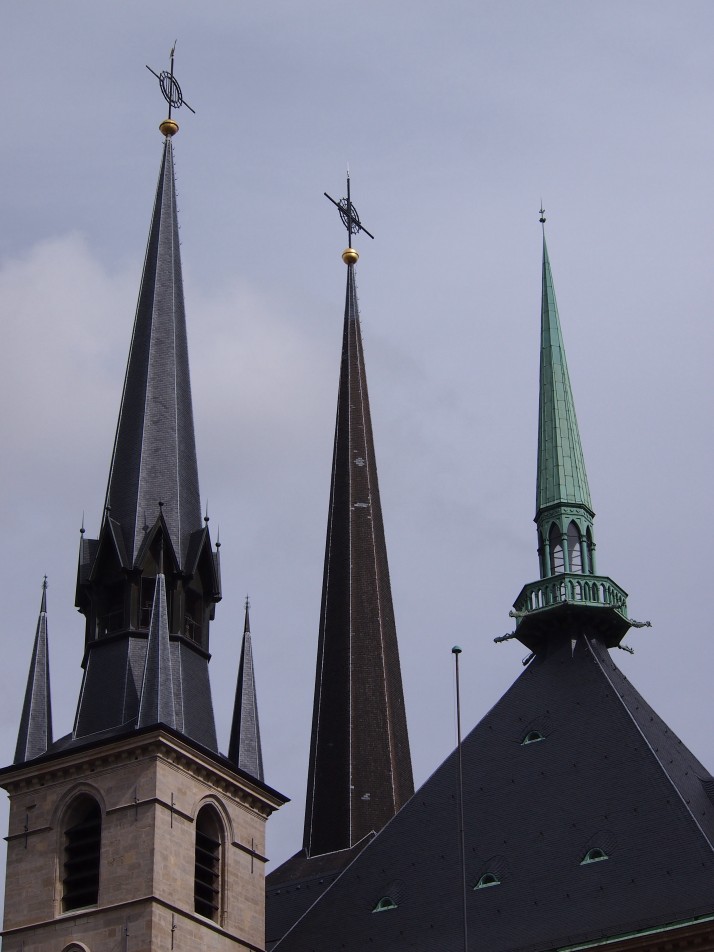 Luxembourg’s Notre-Dame Cathedral has three spires, each different from the others
Luxembourg’s Notre-Dame Cathedral has three spires, each different from the others
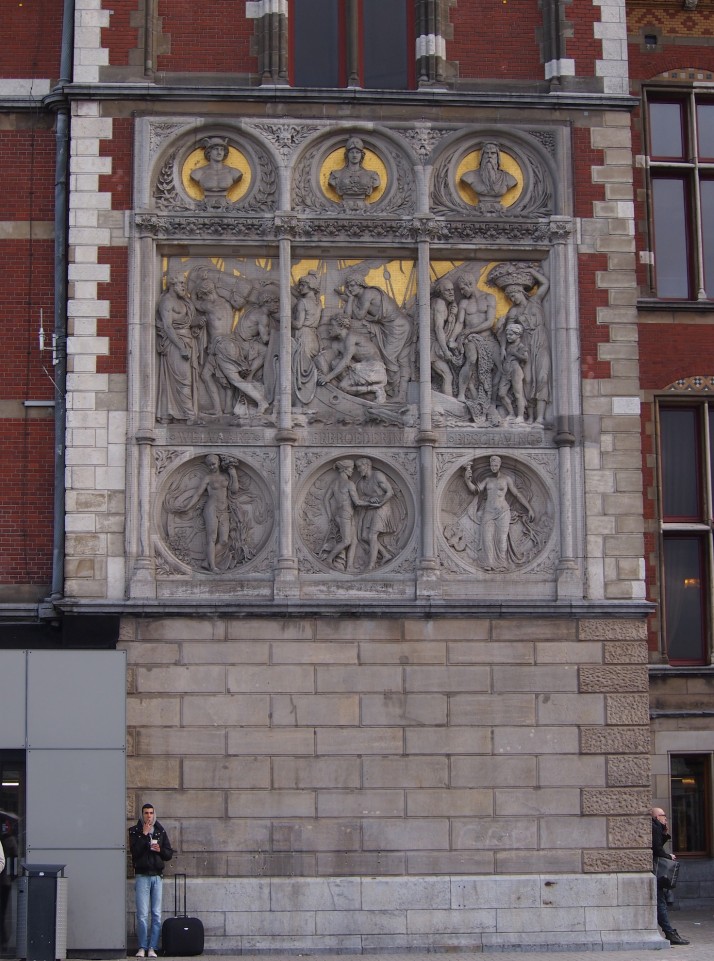 Smokers outside the ornate Centraal Station in Amsterdam
Smokers outside the ornate Centraal Station in Amsterdam
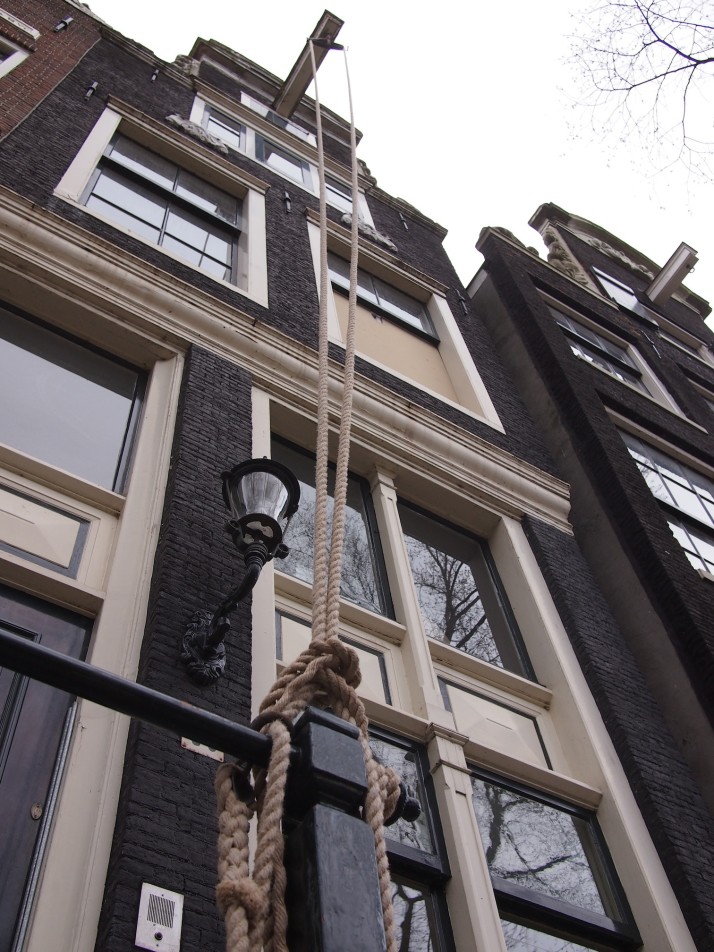 Amsterdam’s canal houses were built with a pulley projecting from the gable to more easily move goods to the upper floors and they are still in use today
Amsterdam’s canal houses were built with a pulley projecting from the gable to more easily move goods to the upper floors and they are still in use today
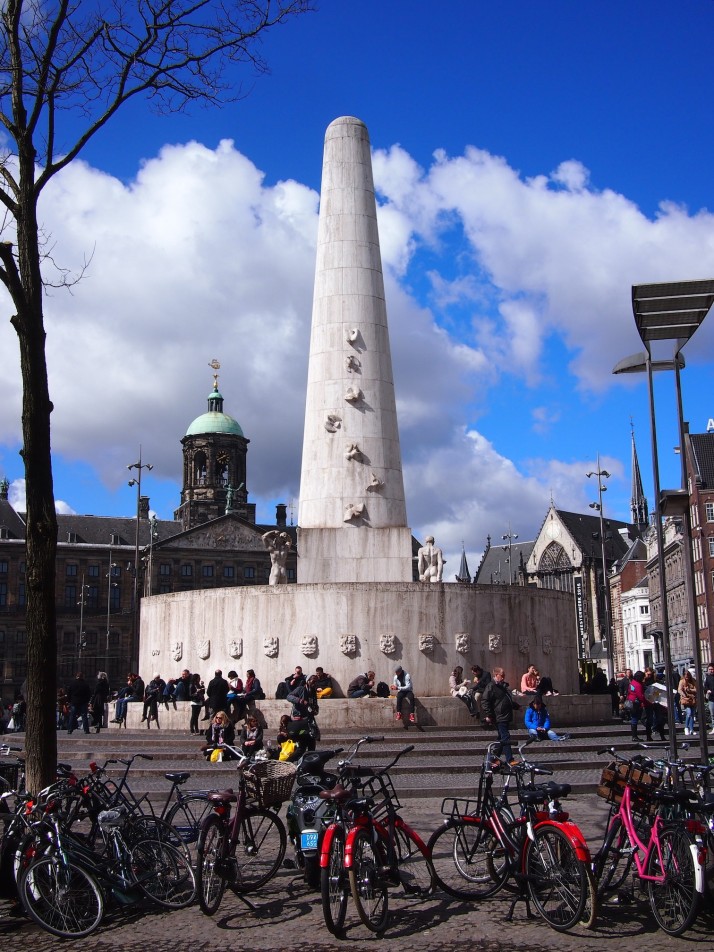 National Monument and Royal Palace in Dam Square, Amsterdam
National Monument and Royal Palace in Dam Square, Amsterdam
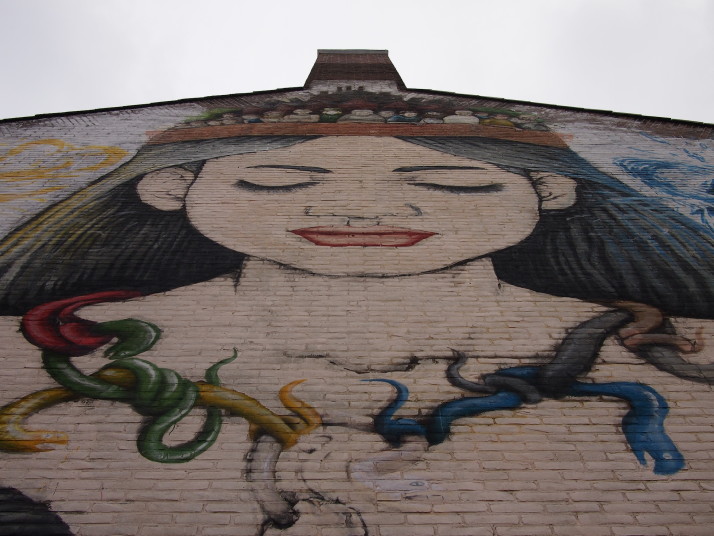 ‘Tolerance’ by Alaniz is one of the artworks featured in Amsterdam’s Street Art Museum
‘Tolerance’ by Alaniz is one of the artworks featured in Amsterdam’s Street Art Museum
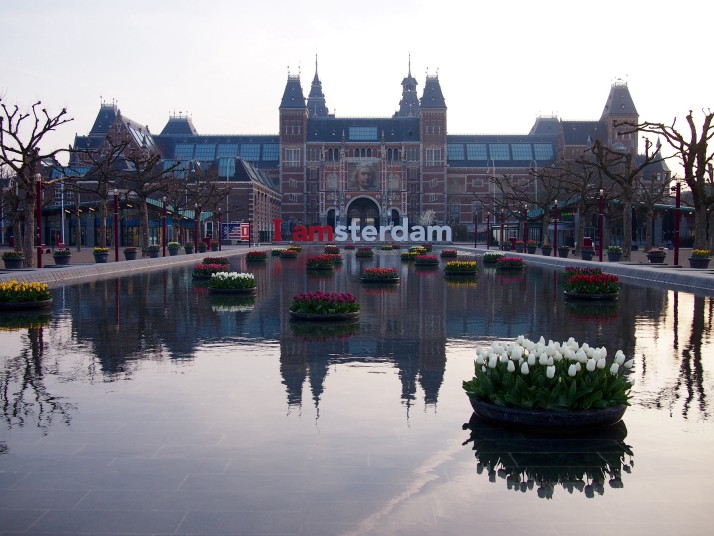 Looking down the pond in Museumplein towards the Rijksmuseum
Looking down the pond in Museumplein towards the Rijksmuseum
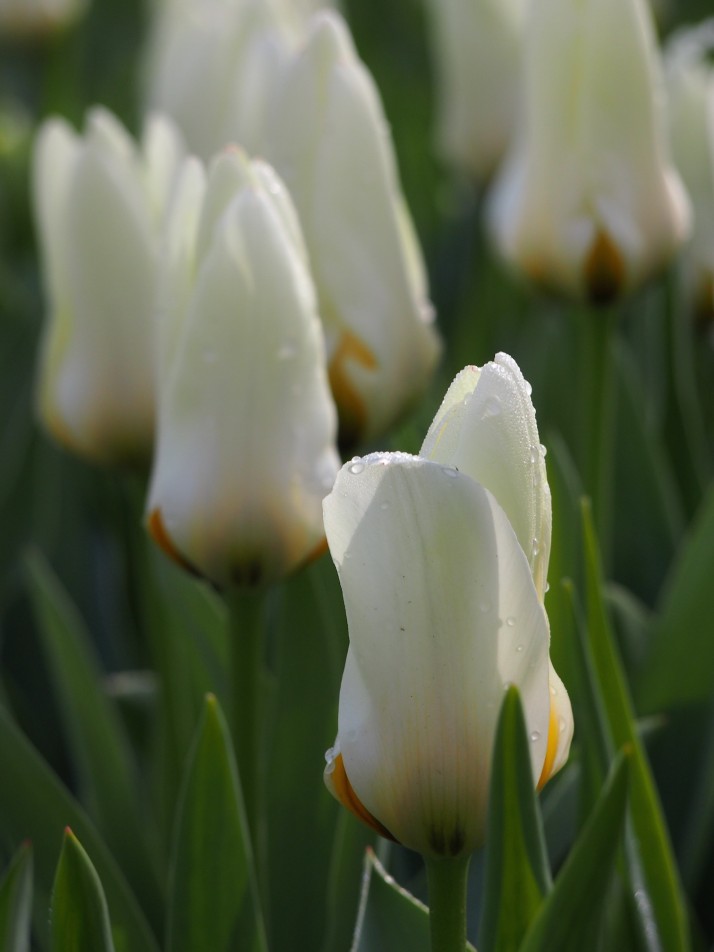 We got up early to catch the dew on the tulips at Keukenhof Garden before meeting up with Dan, Clare, Scott and Emma
We got up early to catch the dew on the tulips at Keukenhof Garden before meeting up with Dan, Clare, Scott and Emma
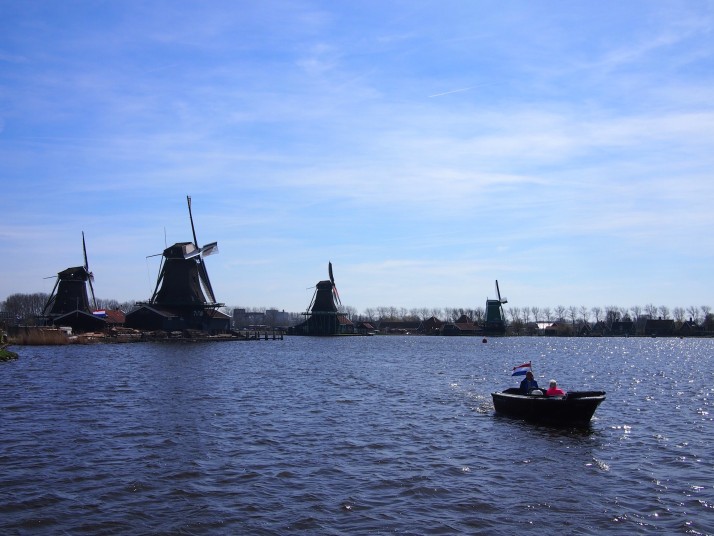 All of the windmills at Zaanse Schans village are working, milling items as diverse as logs, spices and dyes for paint!
All of the windmills at Zaanse Schans village are working, milling items as diverse as logs, spices and dyes for paint!
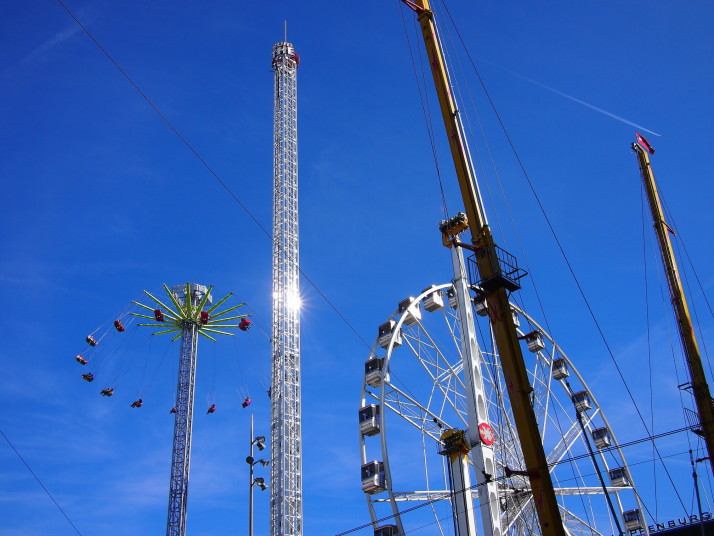 A funfair was squeezed into Dam Square for the King’s Day celebrations
A funfair was squeezed into Dam Square for the King’s Day celebrations
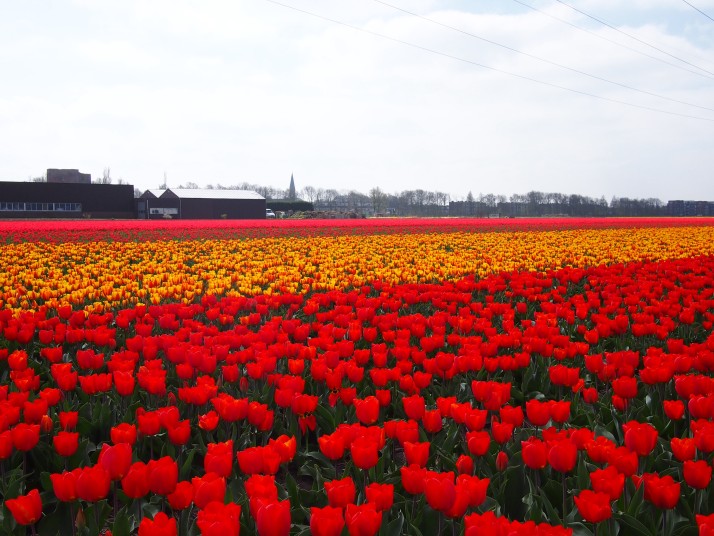 We enjoyed cycling through the colourful bulb fields of the Netherlands
We enjoyed cycling through the colourful bulb fields of the Netherlands
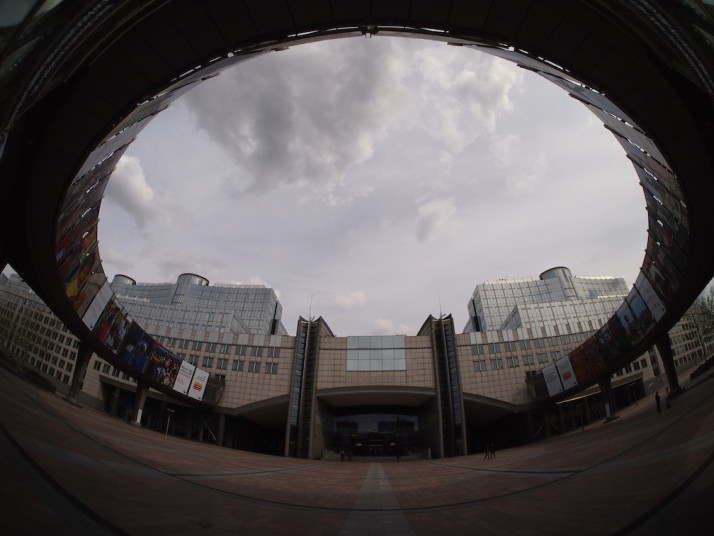 The European Parliament in Brussels
The European Parliament in Brussels
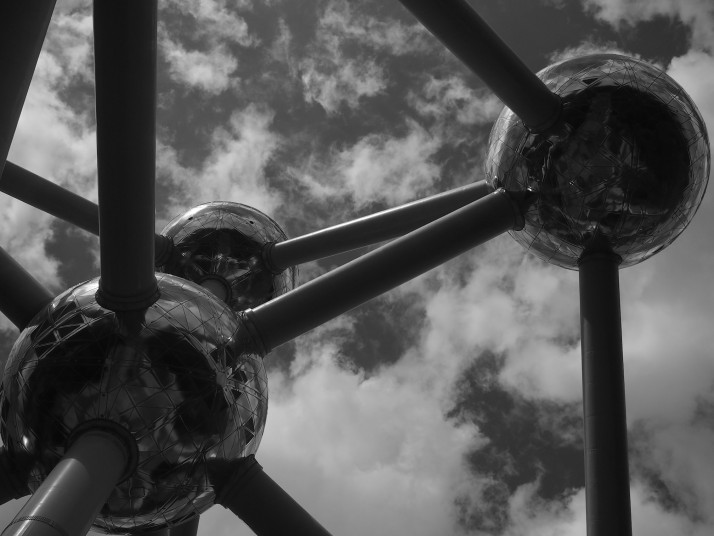 The Atomium was built for the Brussels World’s Fair in 1958 but its architecture still looks futuristic
The Atomium was built for the Brussels World’s Fair in 1958 but its architecture still looks futuristic
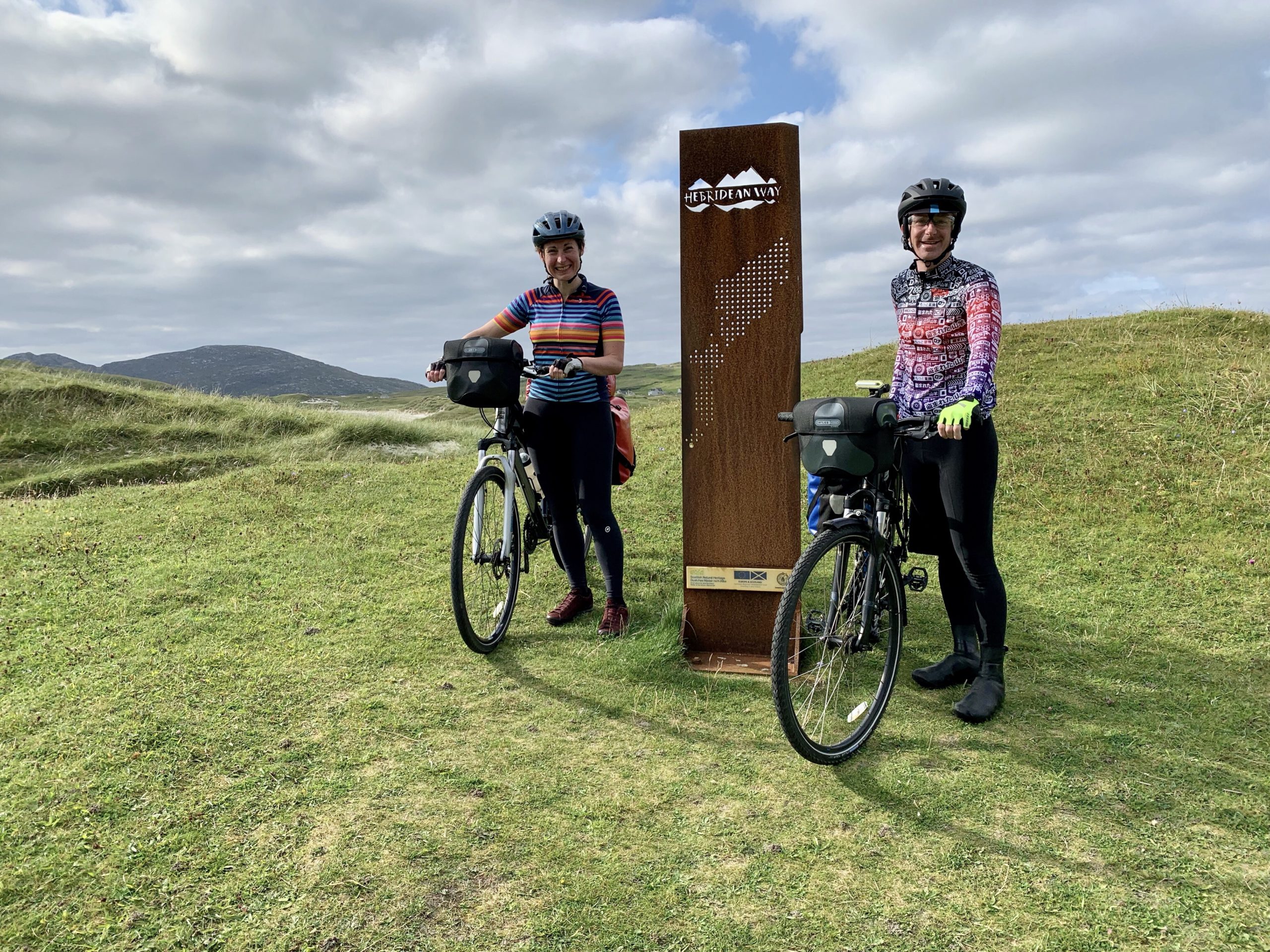
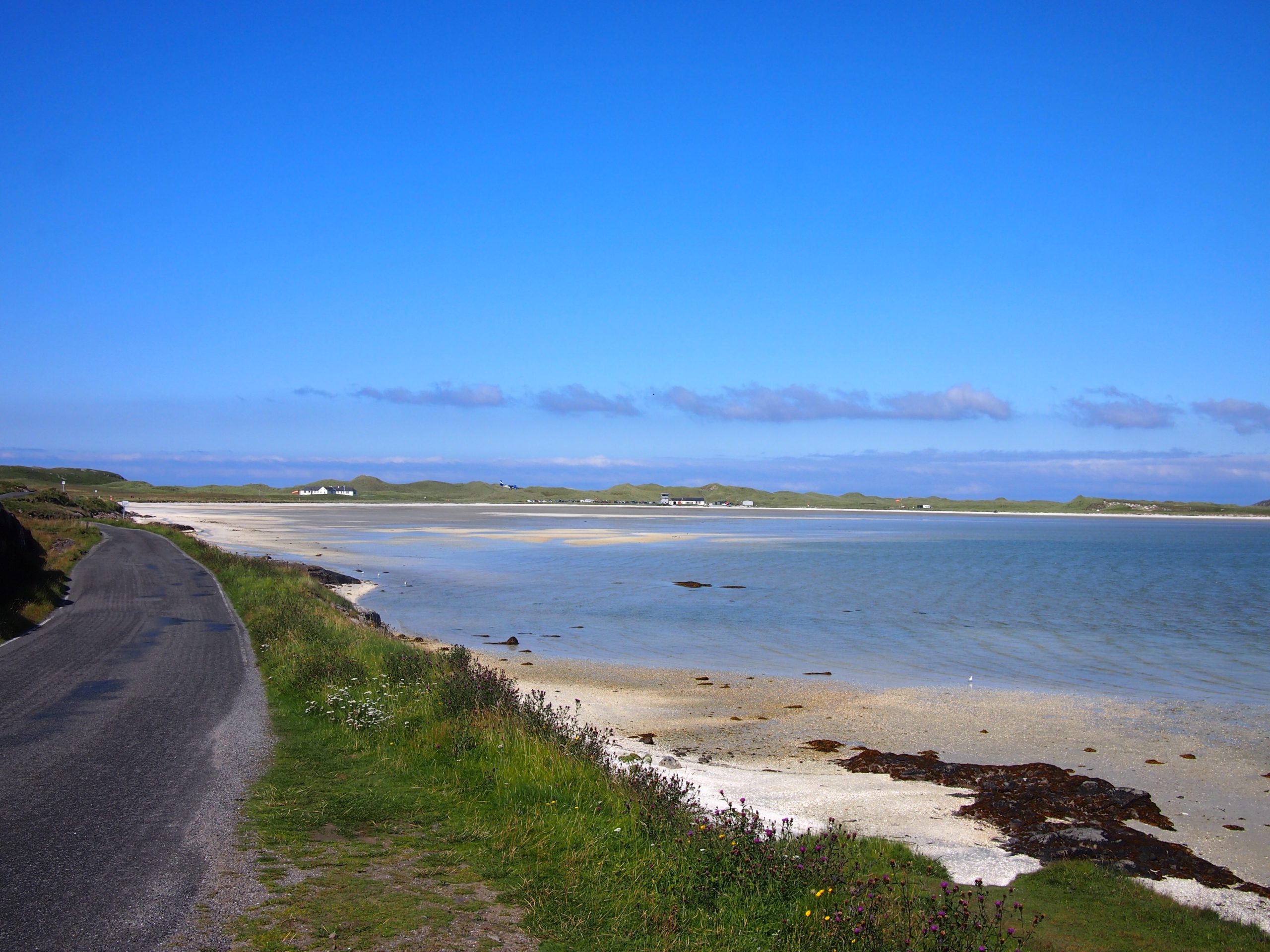
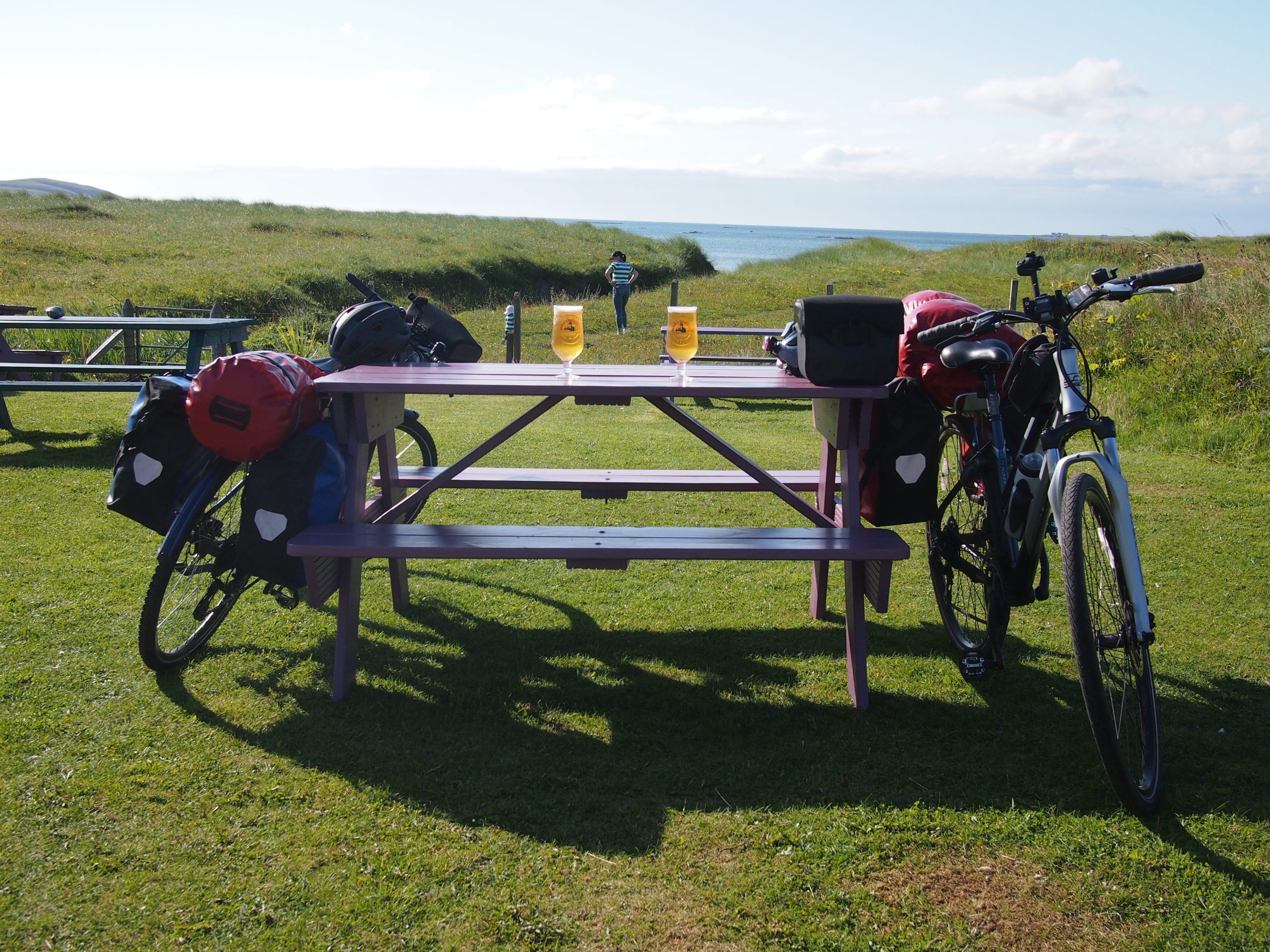

 two year trip
two year trip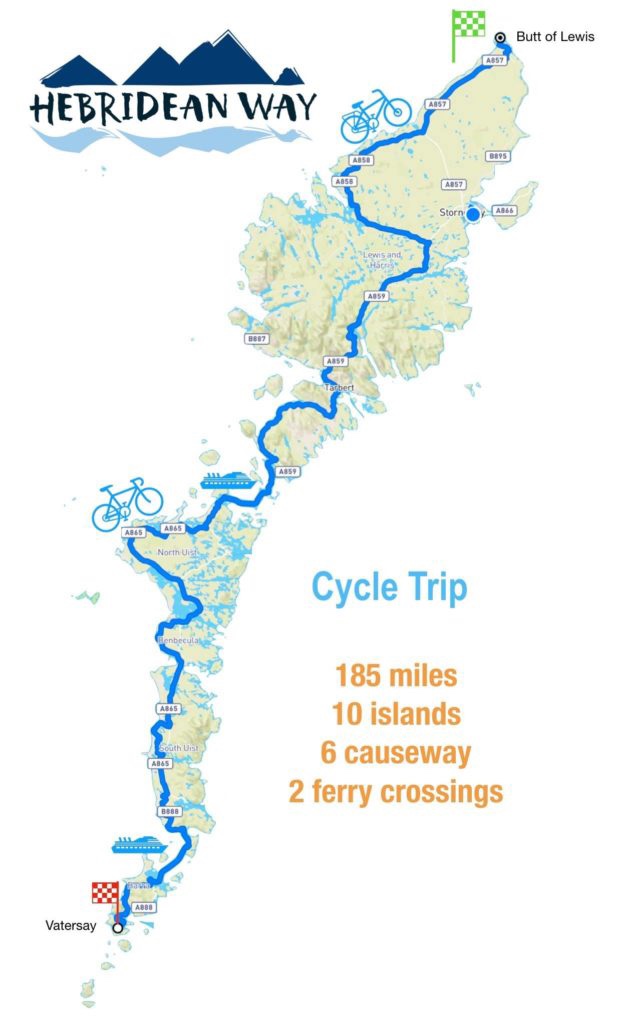
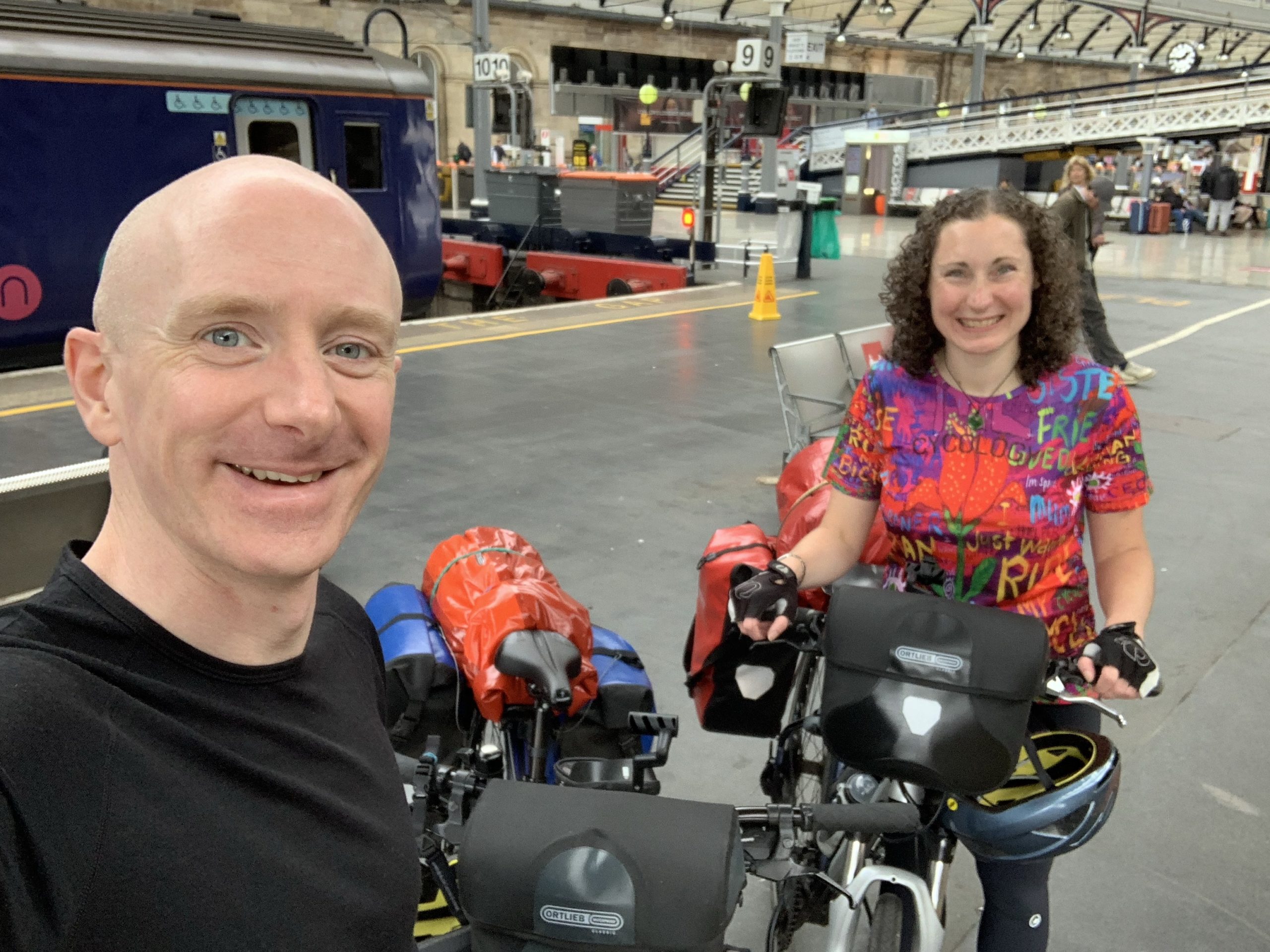
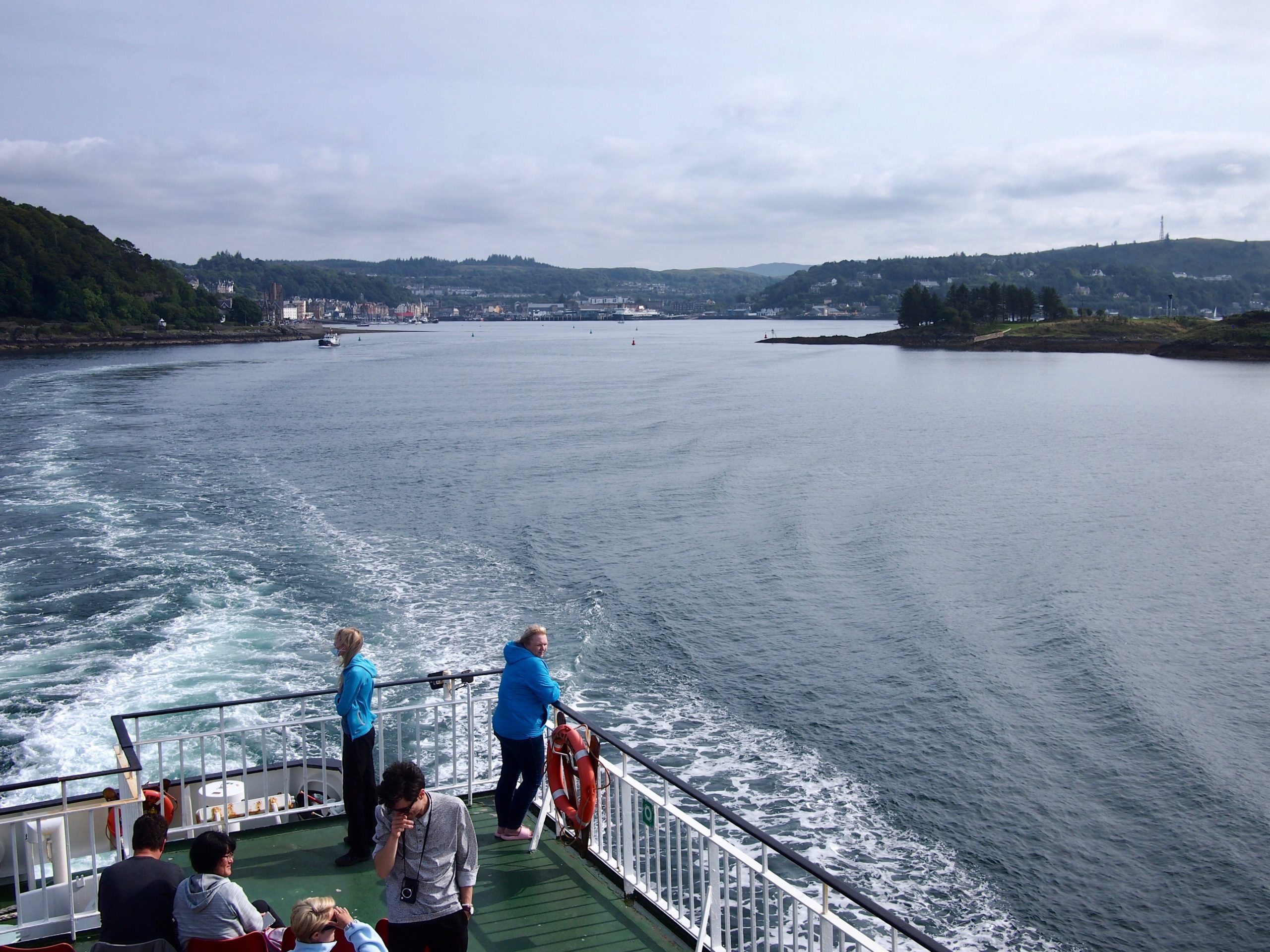
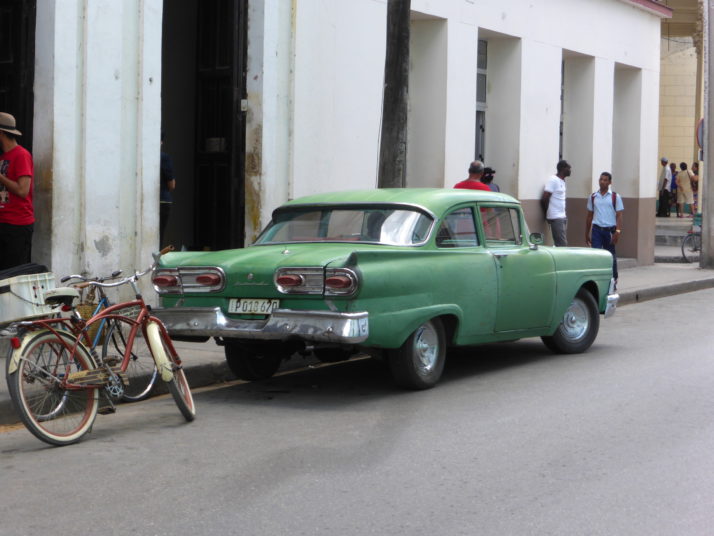
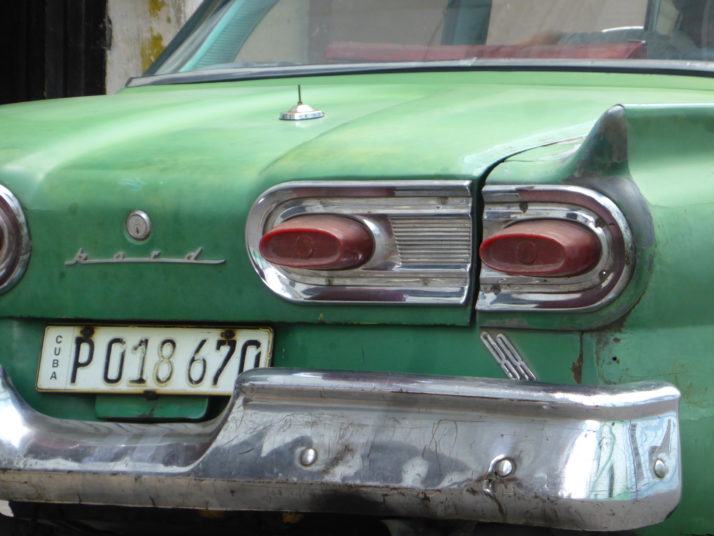
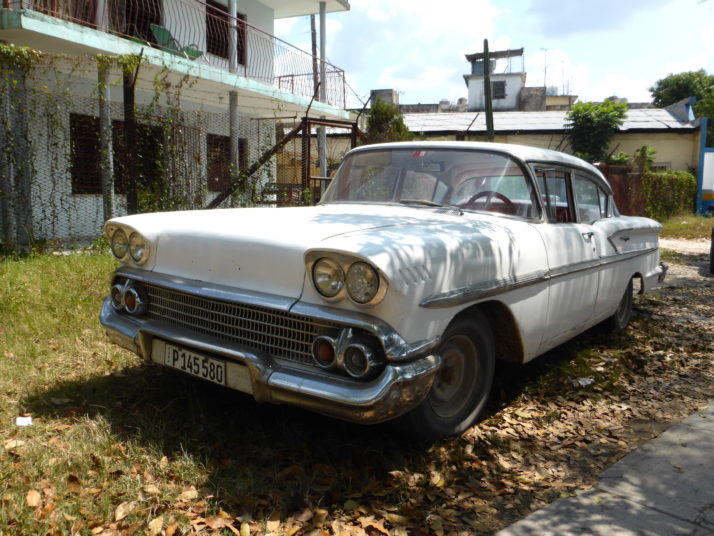
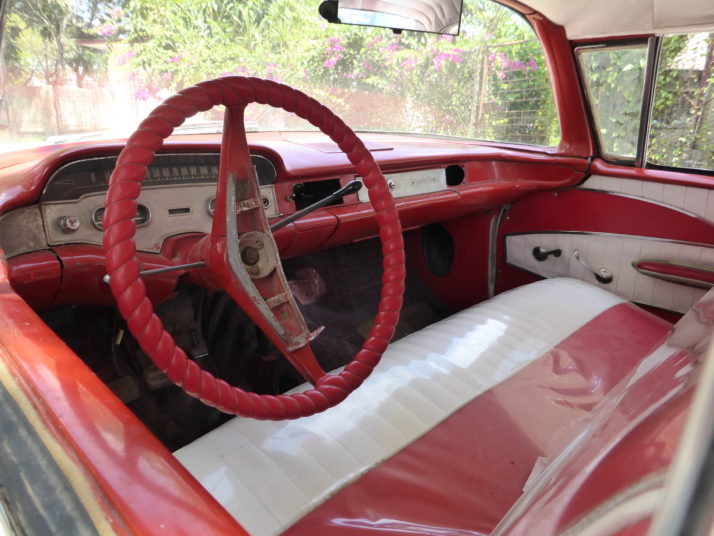
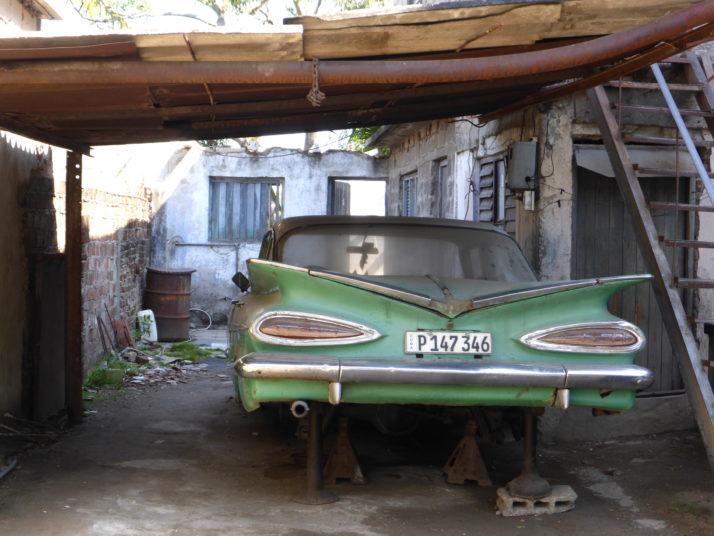
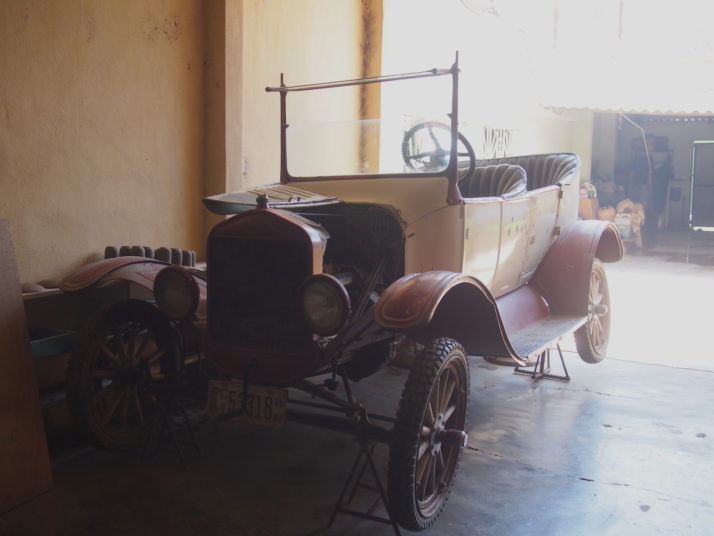
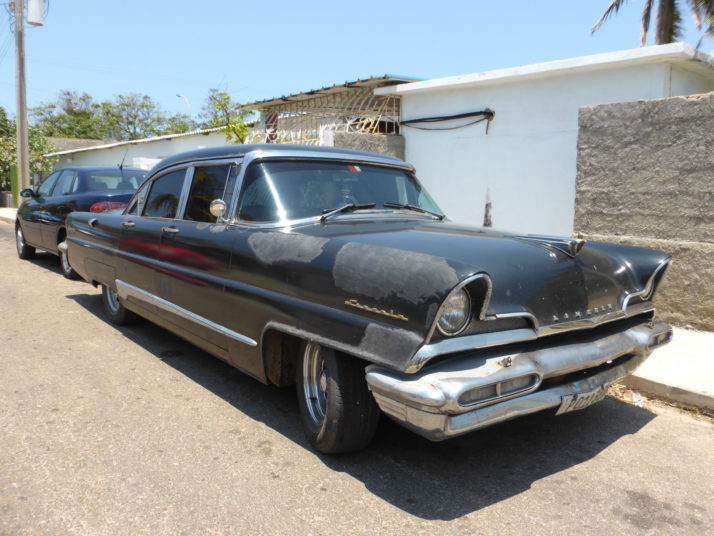
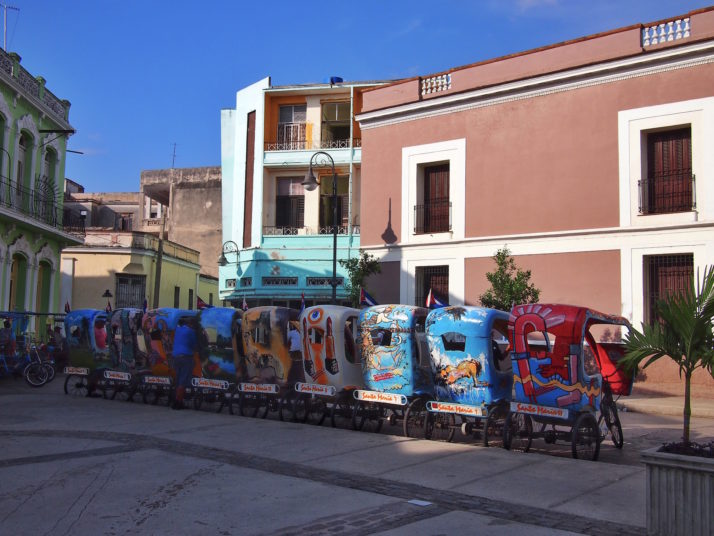
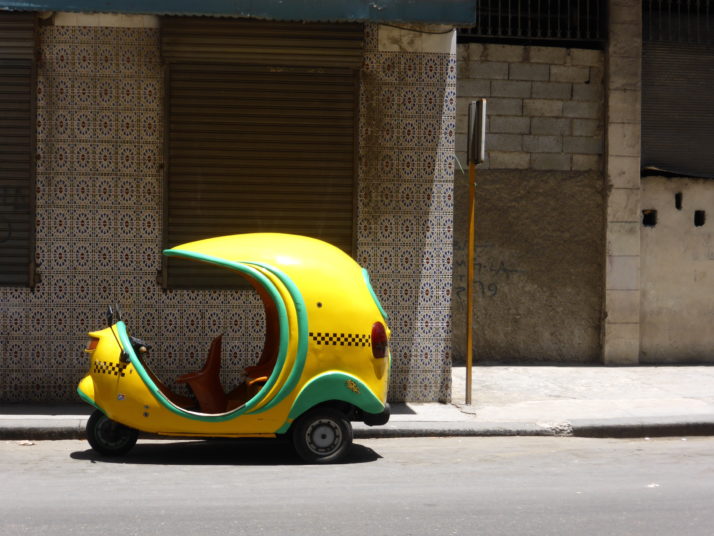
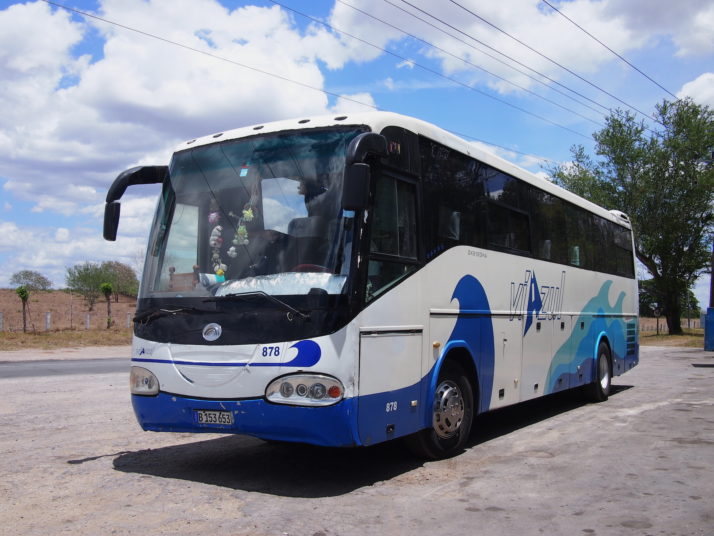
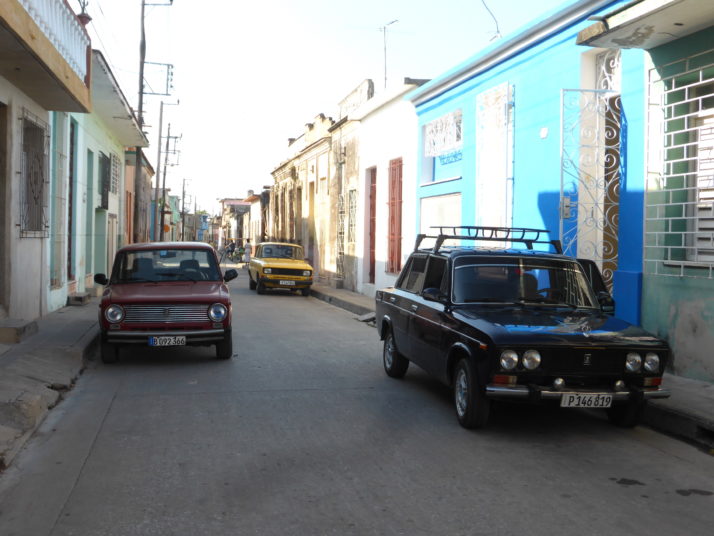
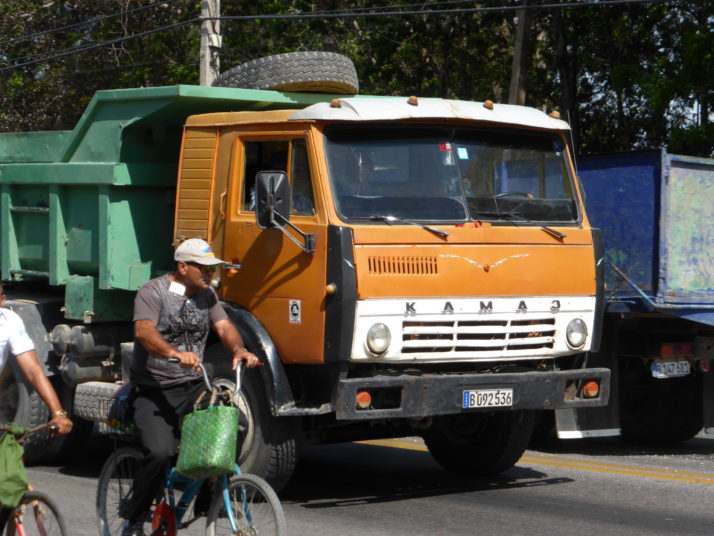
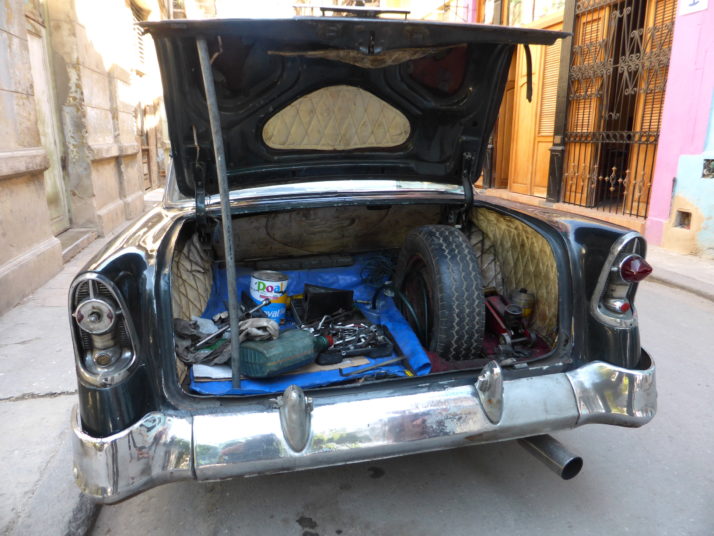
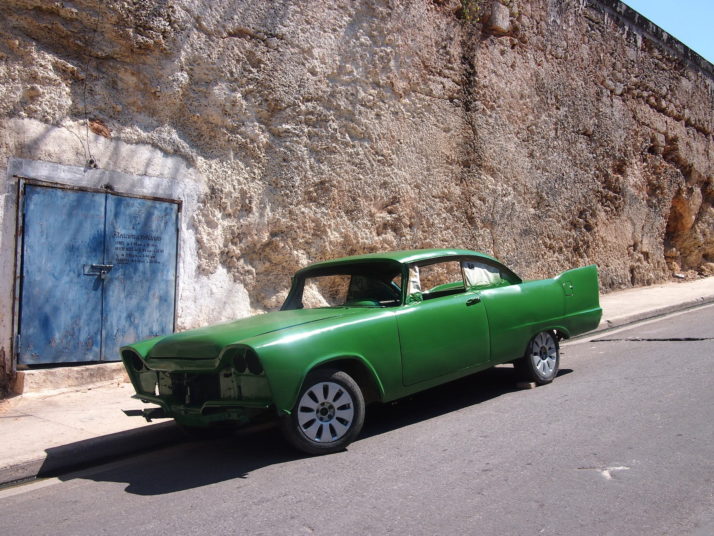
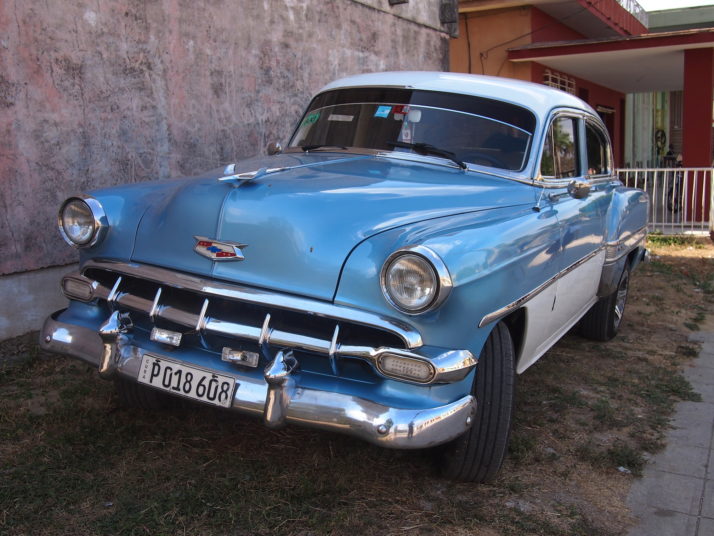
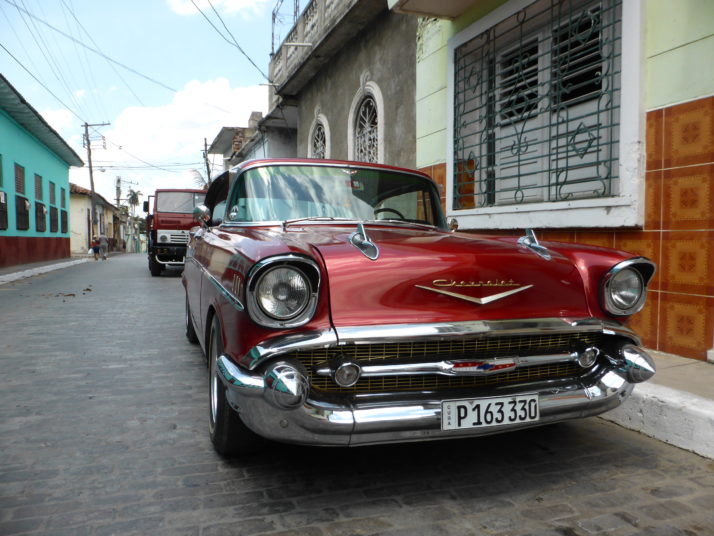
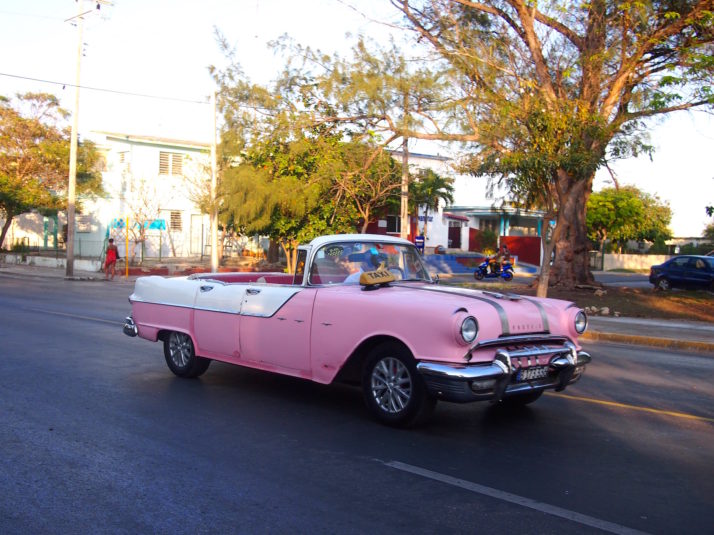
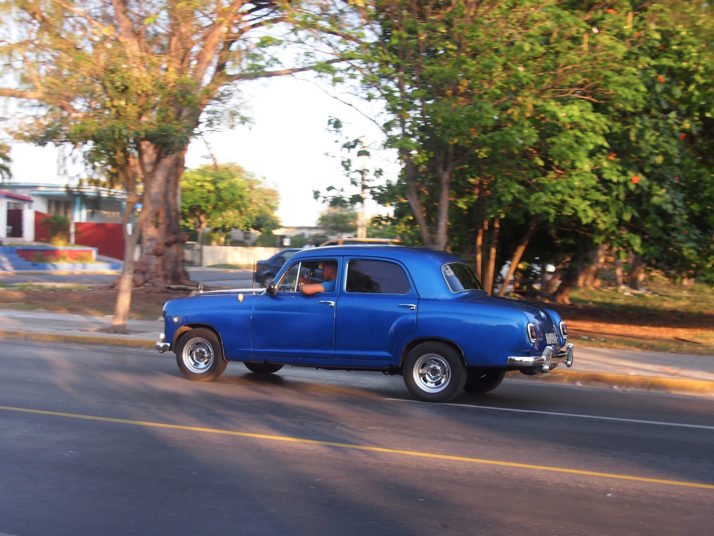
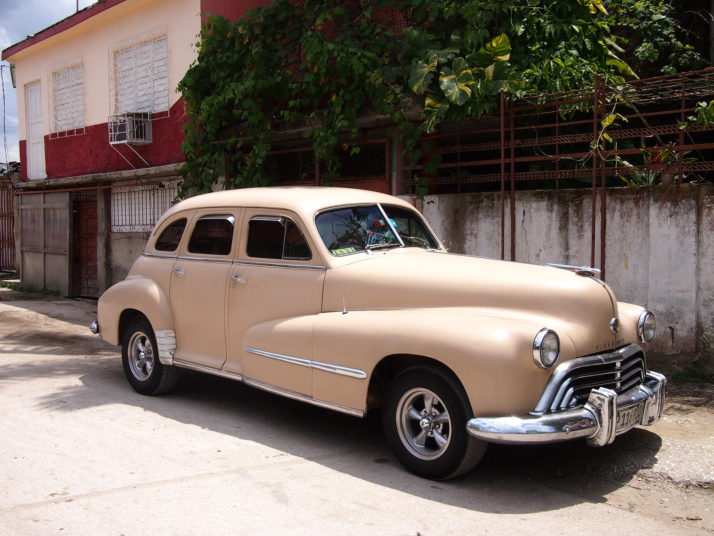
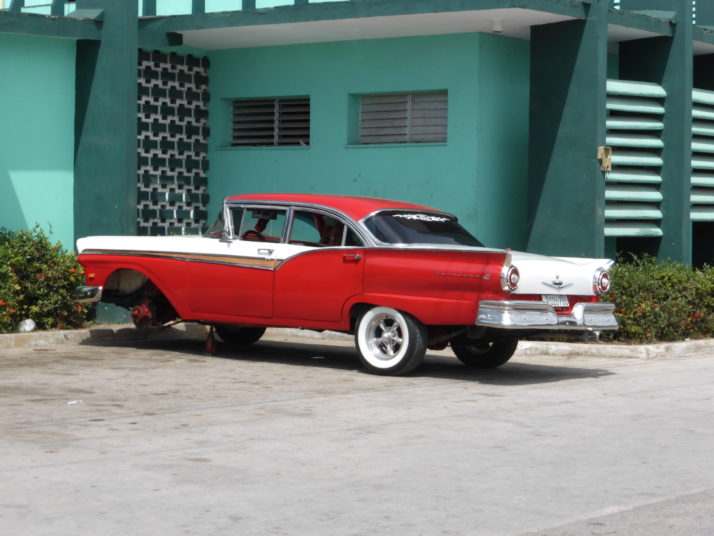
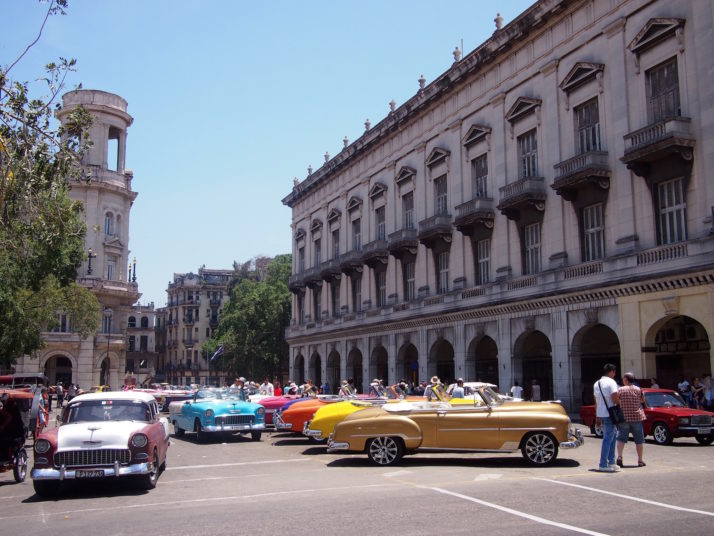
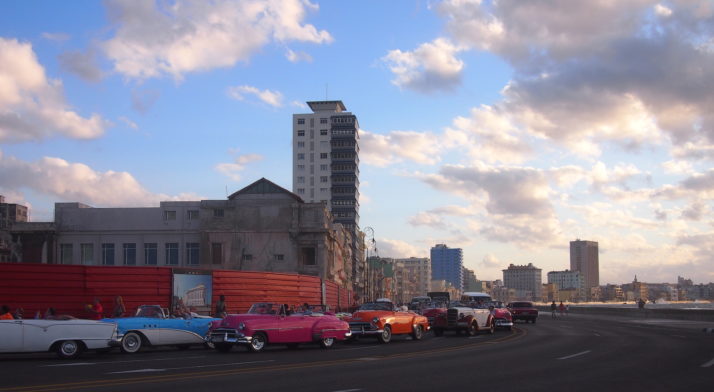
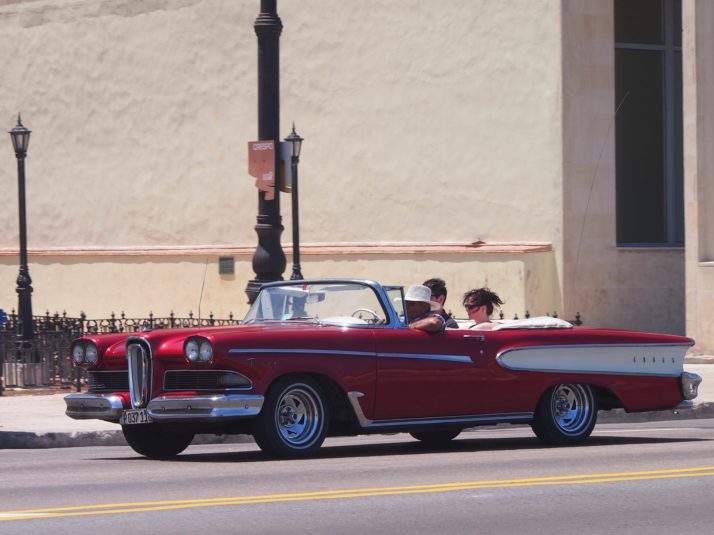 Havana’s Malecon is another great place for classic car spotting
Havana’s Malecon is another great place for classic car spotting
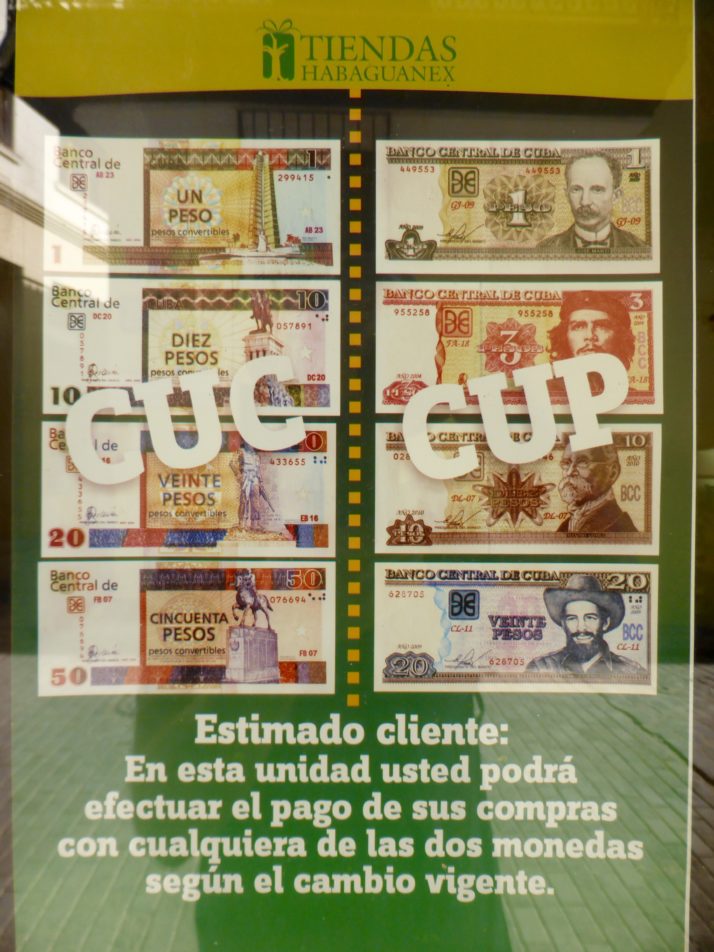 Poster showing convertible peso notes on the left and national pesos on the right – similar, no? The easiest way we found to tell them apart was that the CUCs have pictures of monuments and the MN notes have pictures of historic figures.
Poster showing convertible peso notes on the left and national pesos on the right – similar, no? The easiest way we found to tell them apart was that the CUCs have pictures of monuments and the MN notes have pictures of historic figures.
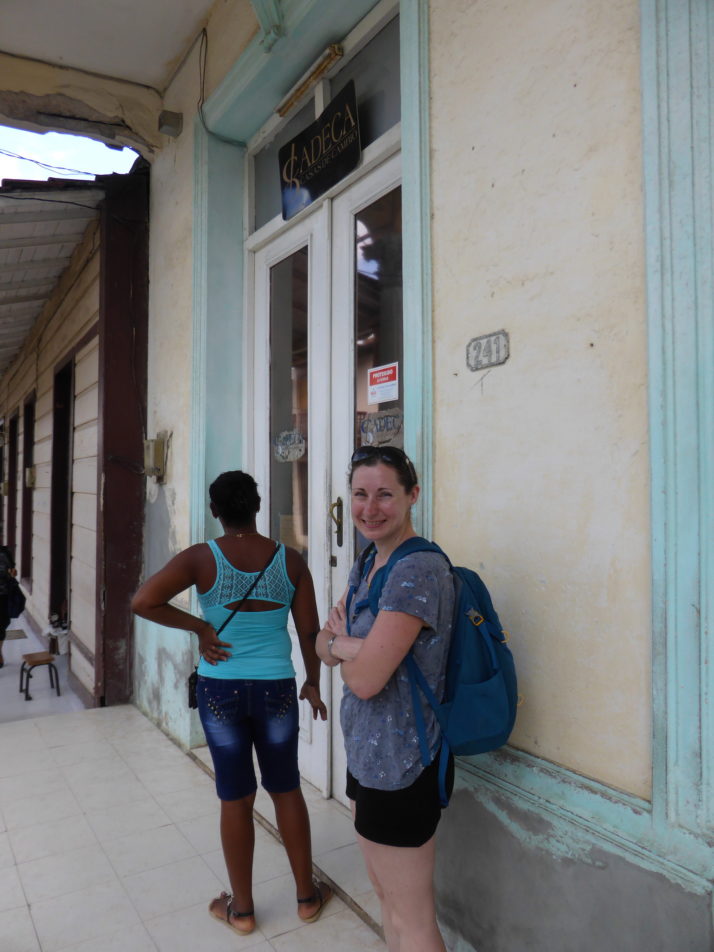 Waiting in the ‘outside’ queue of the money exchange office in Baracoa before being admitted to the ‘inside’ queue and finally a very slow cashier
Waiting in the ‘outside’ queue of the money exchange office in Baracoa before being admitted to the ‘inside’ queue and finally a very slow cashier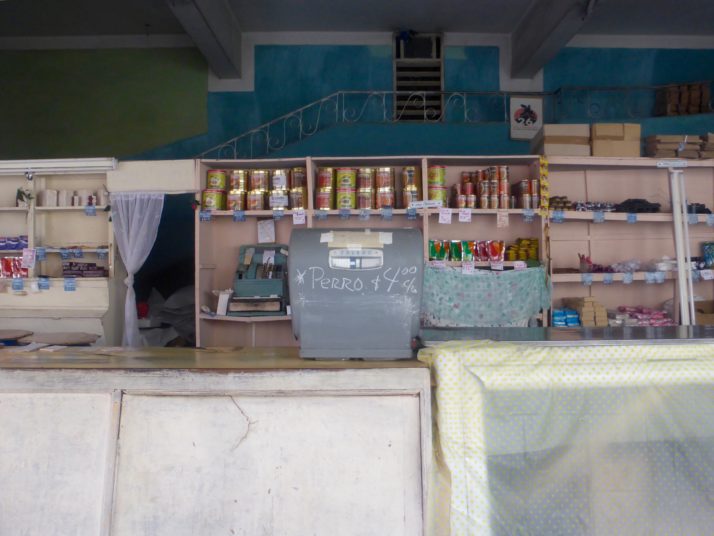 A national peso shop
A national peso shop
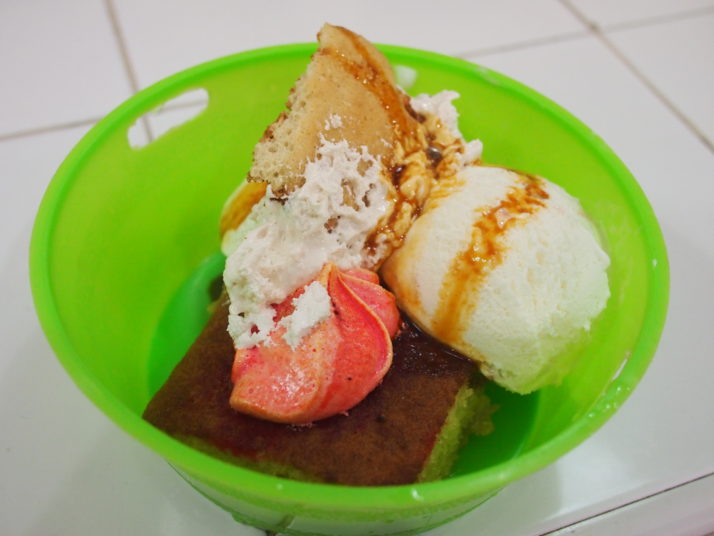 Cake, two scoops of ice cream, sauce and a swirl of marshmallow fluff – not bad for £0.20!
Cake, two scoops of ice cream, sauce and a swirl of marshmallow fluff – not bad for £0.20!
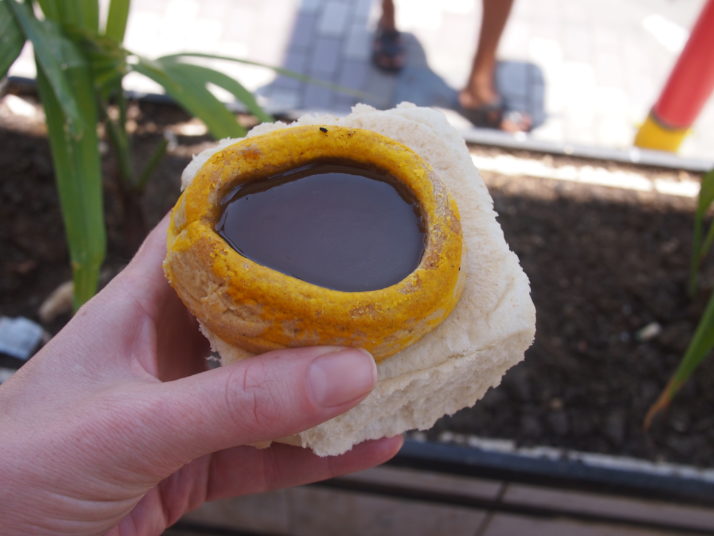 Bread bun and jam tart lunch in Santiago carried away from the bakery in hand
Bread bun and jam tart lunch in Santiago carried away from the bakery in hand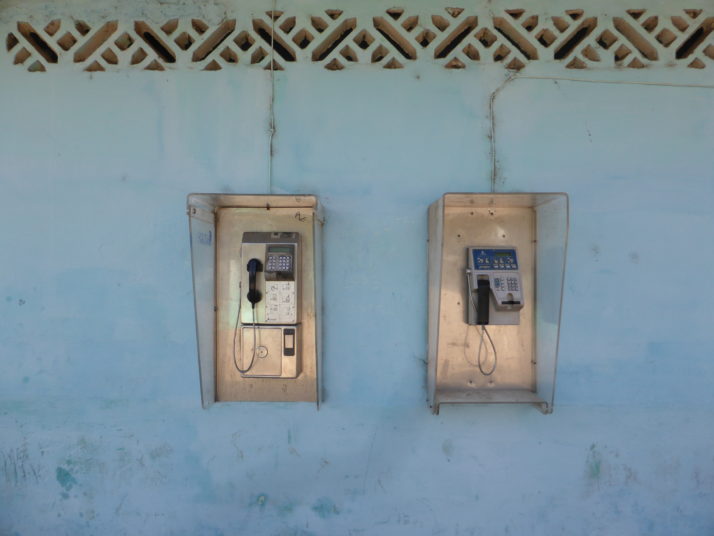
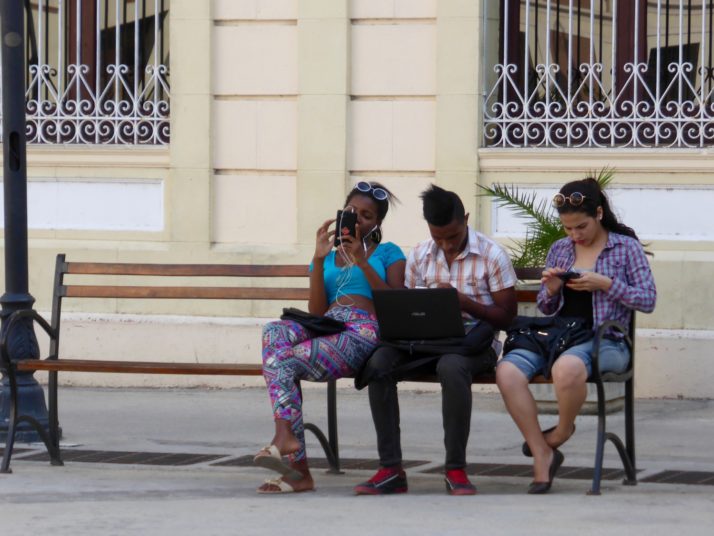 Cubans using the public wi-fi in a square in Camagüey
Cubans using the public wi-fi in a square in Camagüey
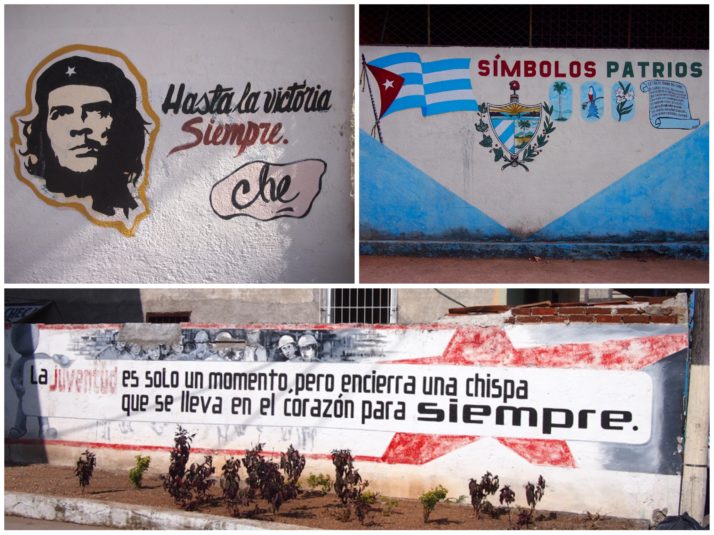 Political murals in Cuba (clockwise from top left): the ever present Che; national symbols; “Youth is only a moment, but contains a spark that leads into the heart forever”
Political murals in Cuba (clockwise from top left): the ever present Che; national symbols; “Youth is only a moment, but contains a spark that leads into the heart forever”
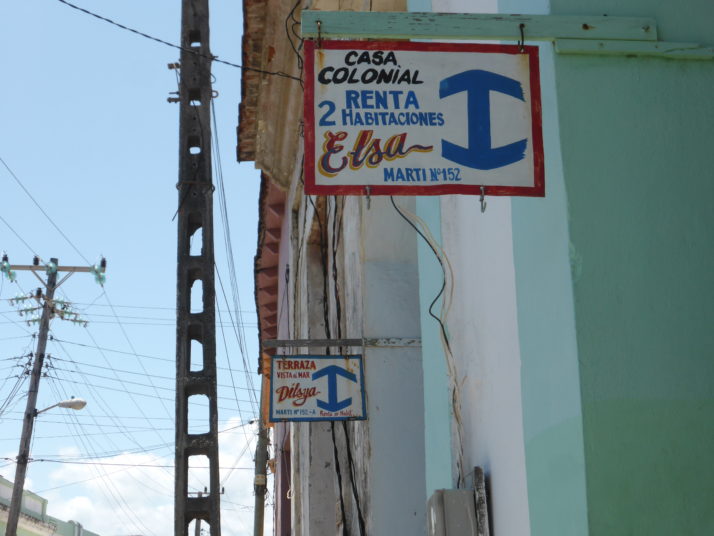 Casa particulars are easy to spot as they display this blue symbol outside. There always seemed to be far more available than the number of tourists that we saw around town
Casa particulars are easy to spot as they display this blue symbol outside. There always seemed to be far more available than the number of tourists that we saw around town
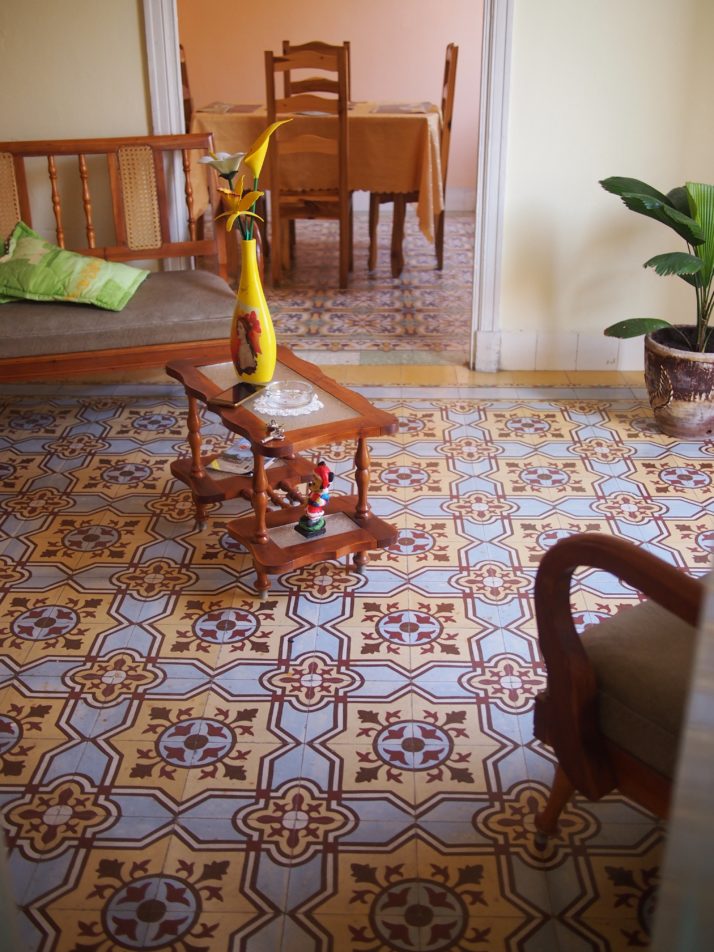 Beautiful tiled floors in our casa in Santa Clara
Beautiful tiled floors in our casa in Santa Clara
 One morning at breakfast we noticed that a Santeria altar had appeared in the living room of our casa in Varadero – you can see the representations of the gods in front of the bright pots
One morning at breakfast we noticed that a Santeria altar had appeared in the living room of our casa in Varadero – you can see the representations of the gods in front of the bright pots














































































